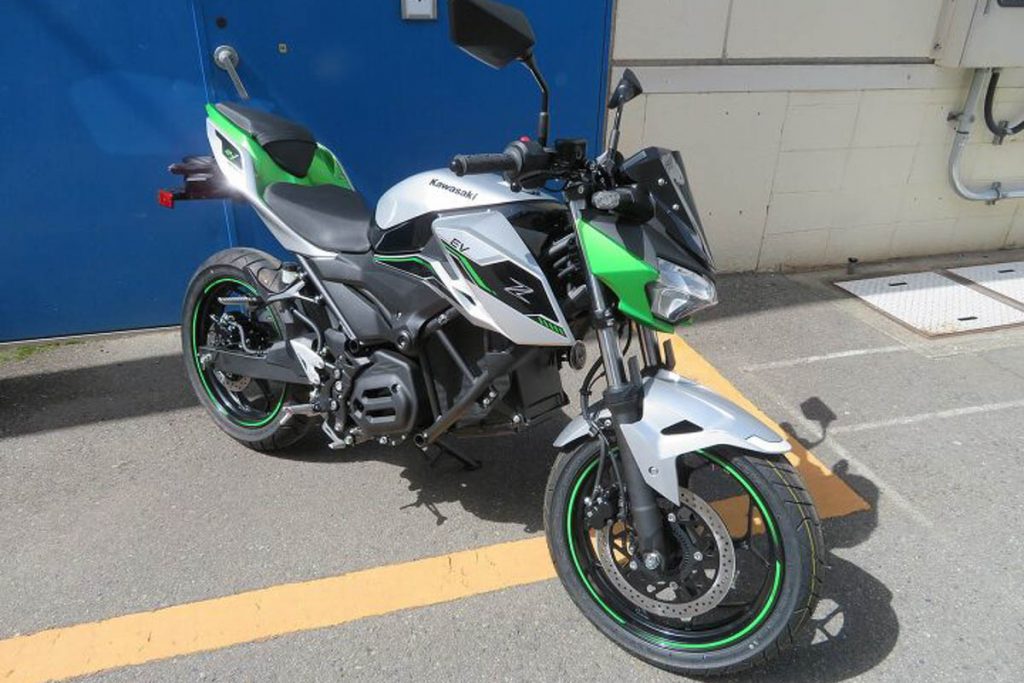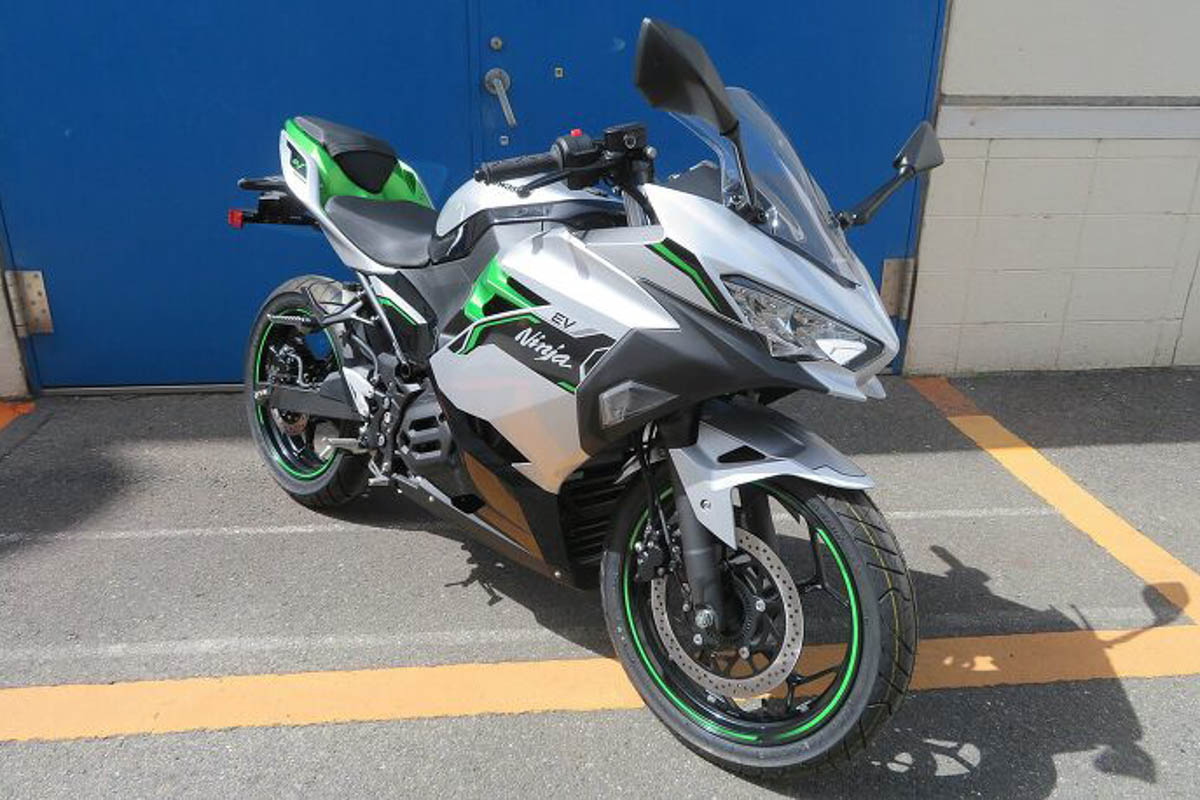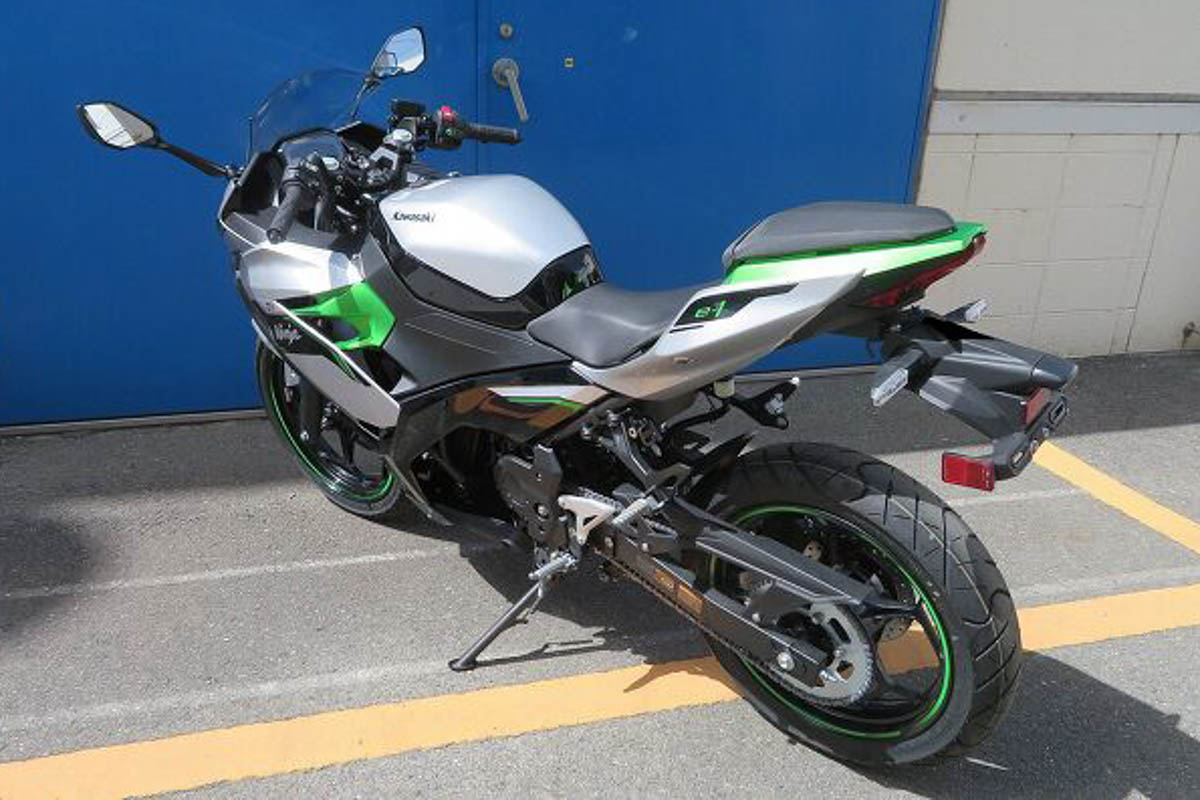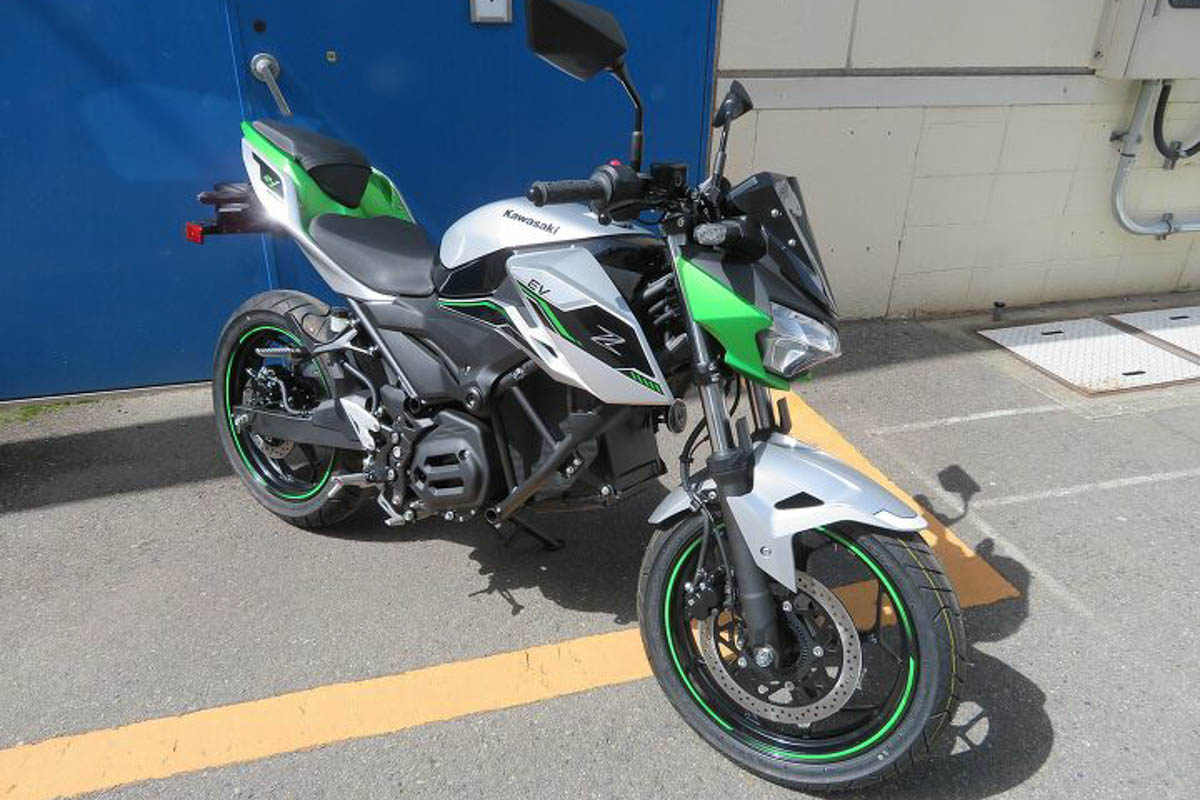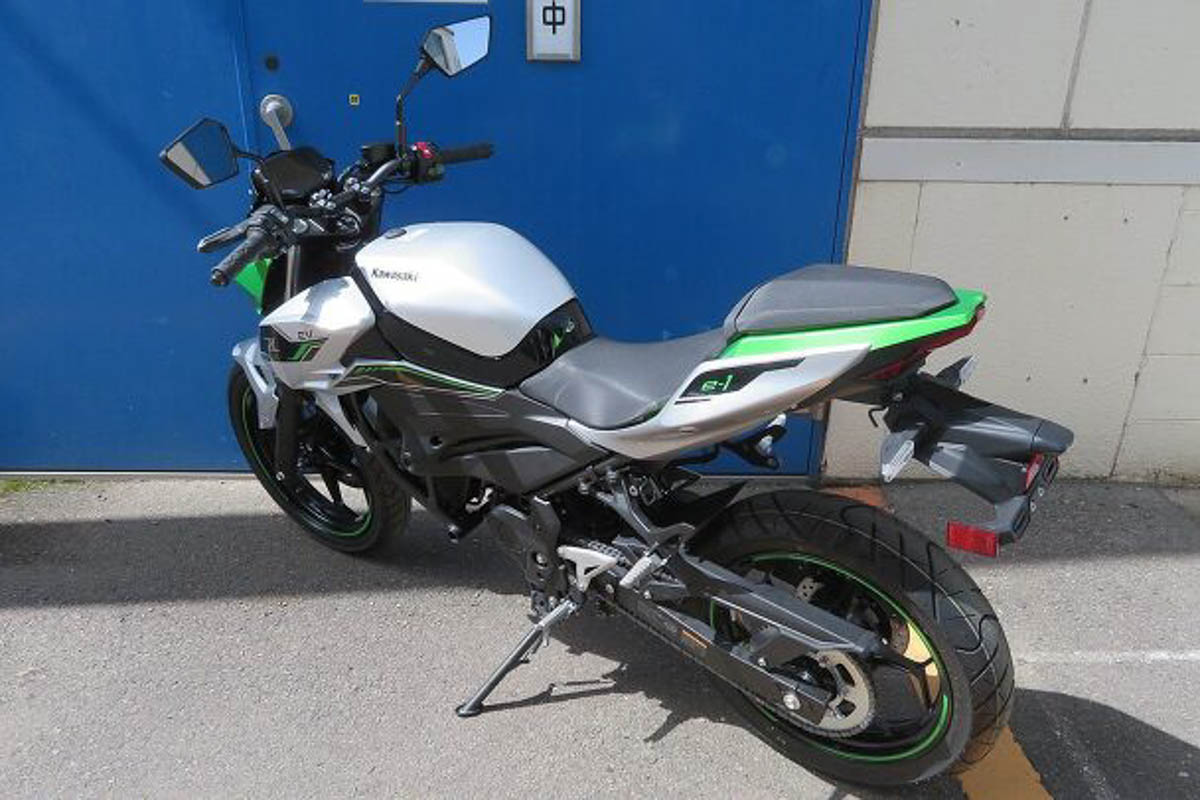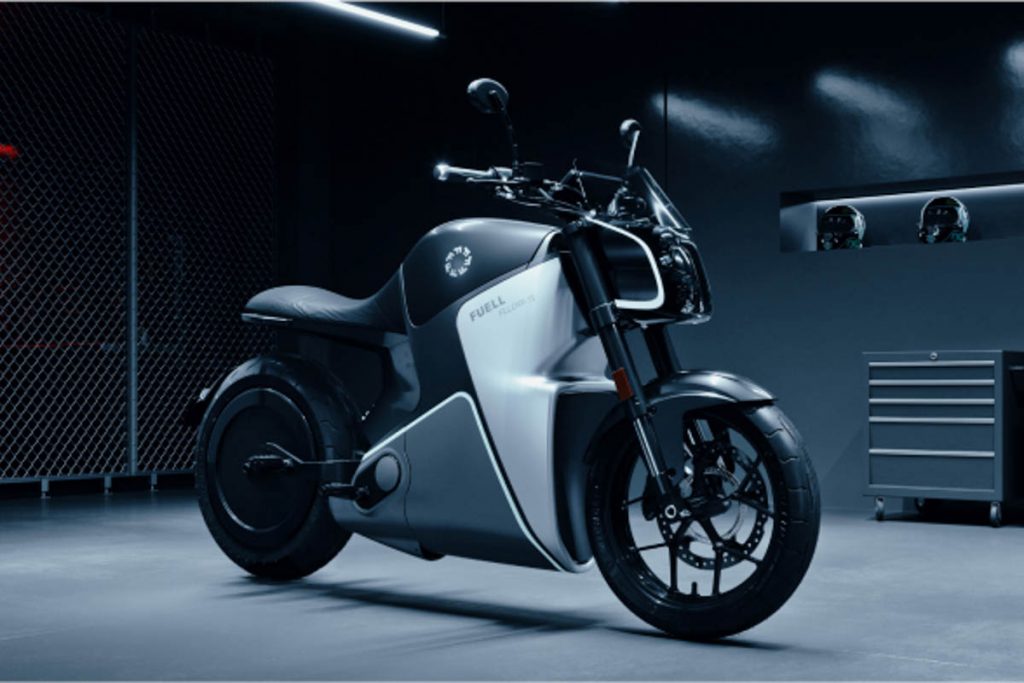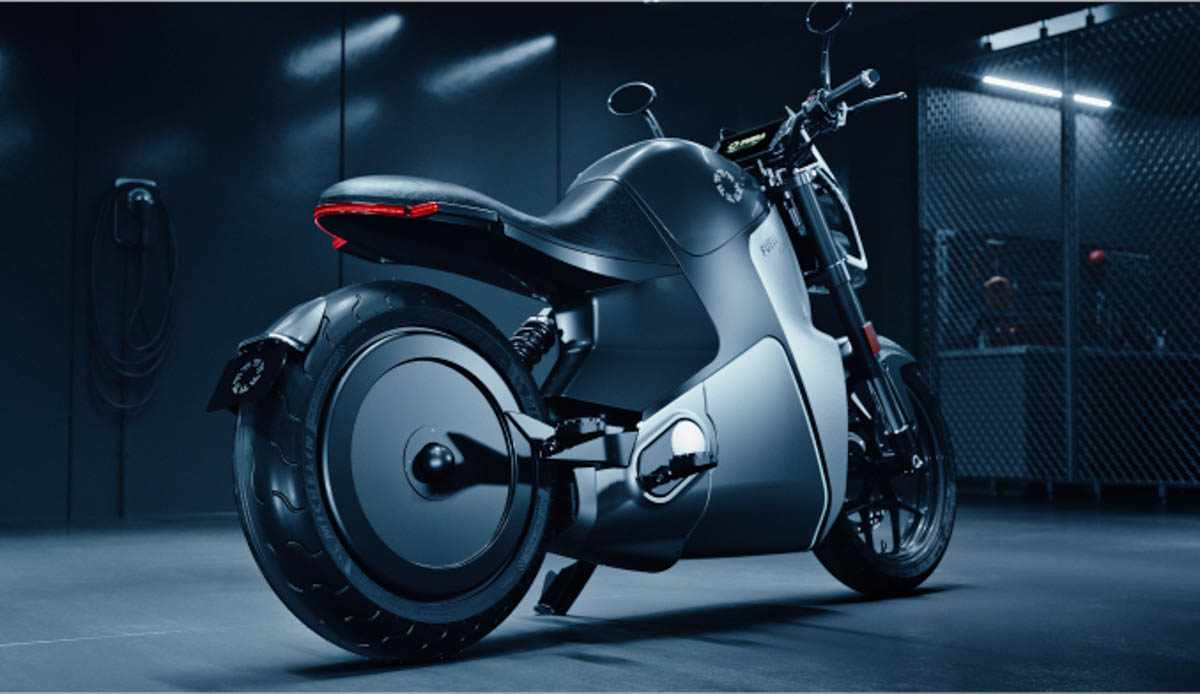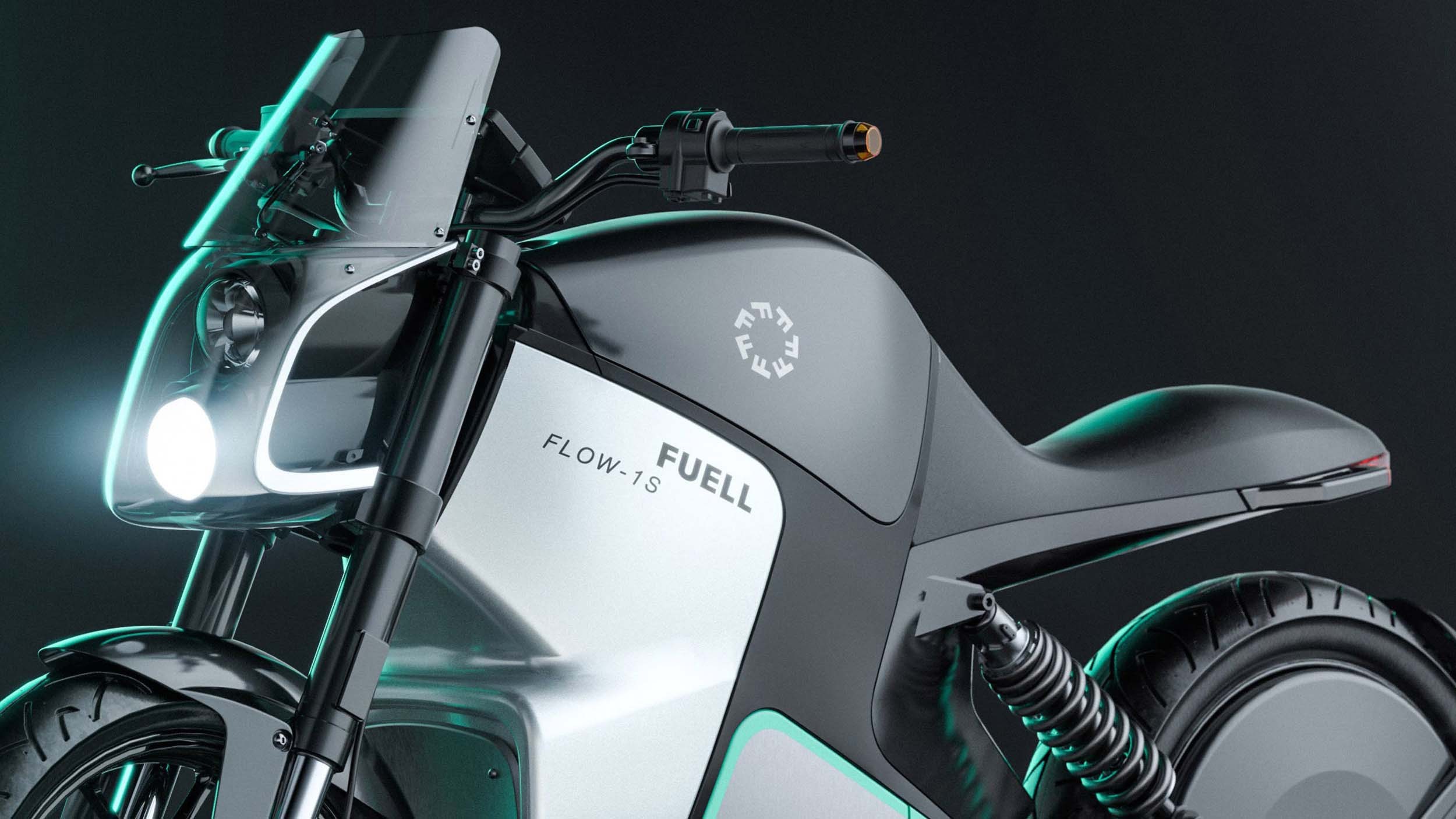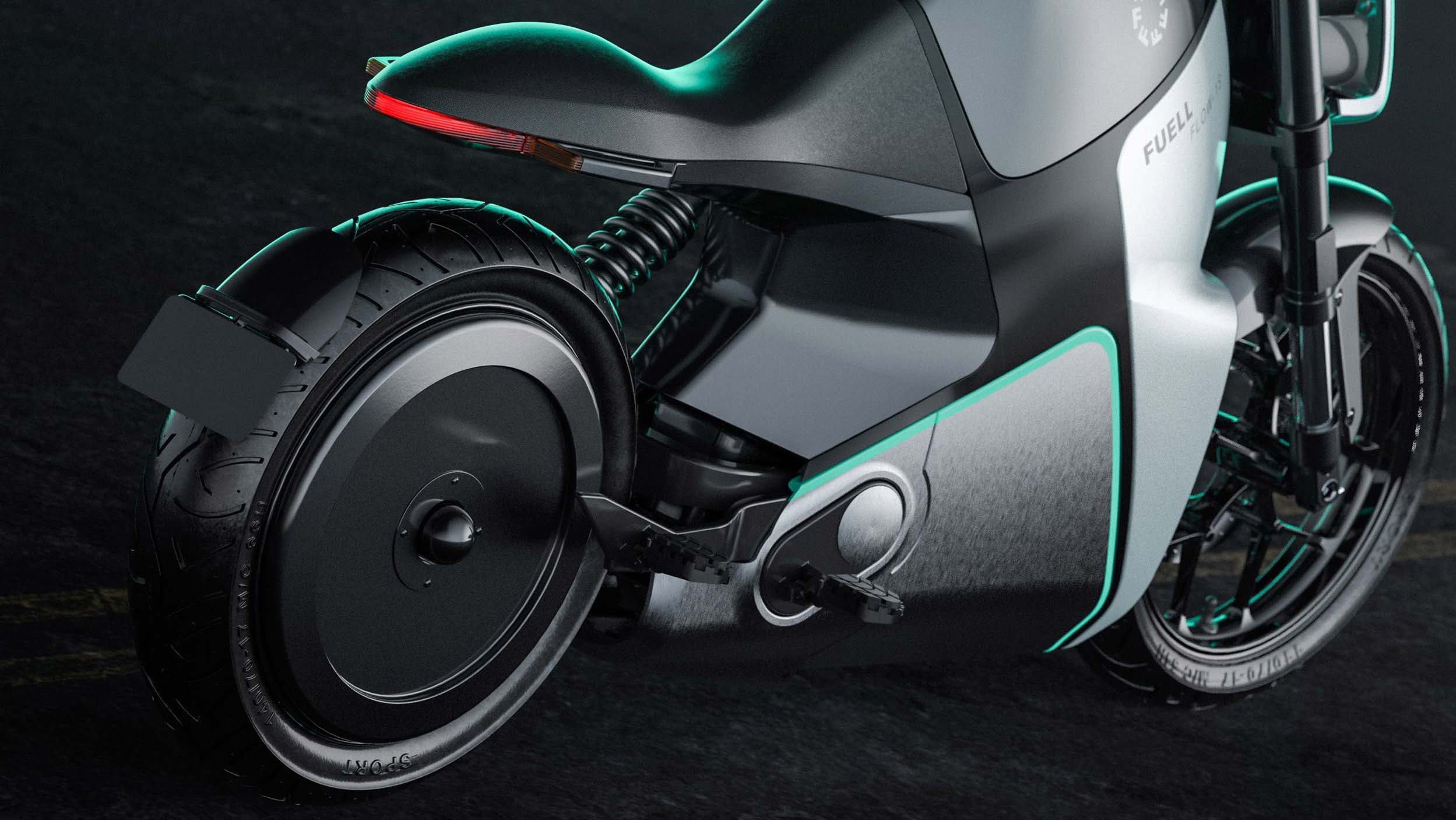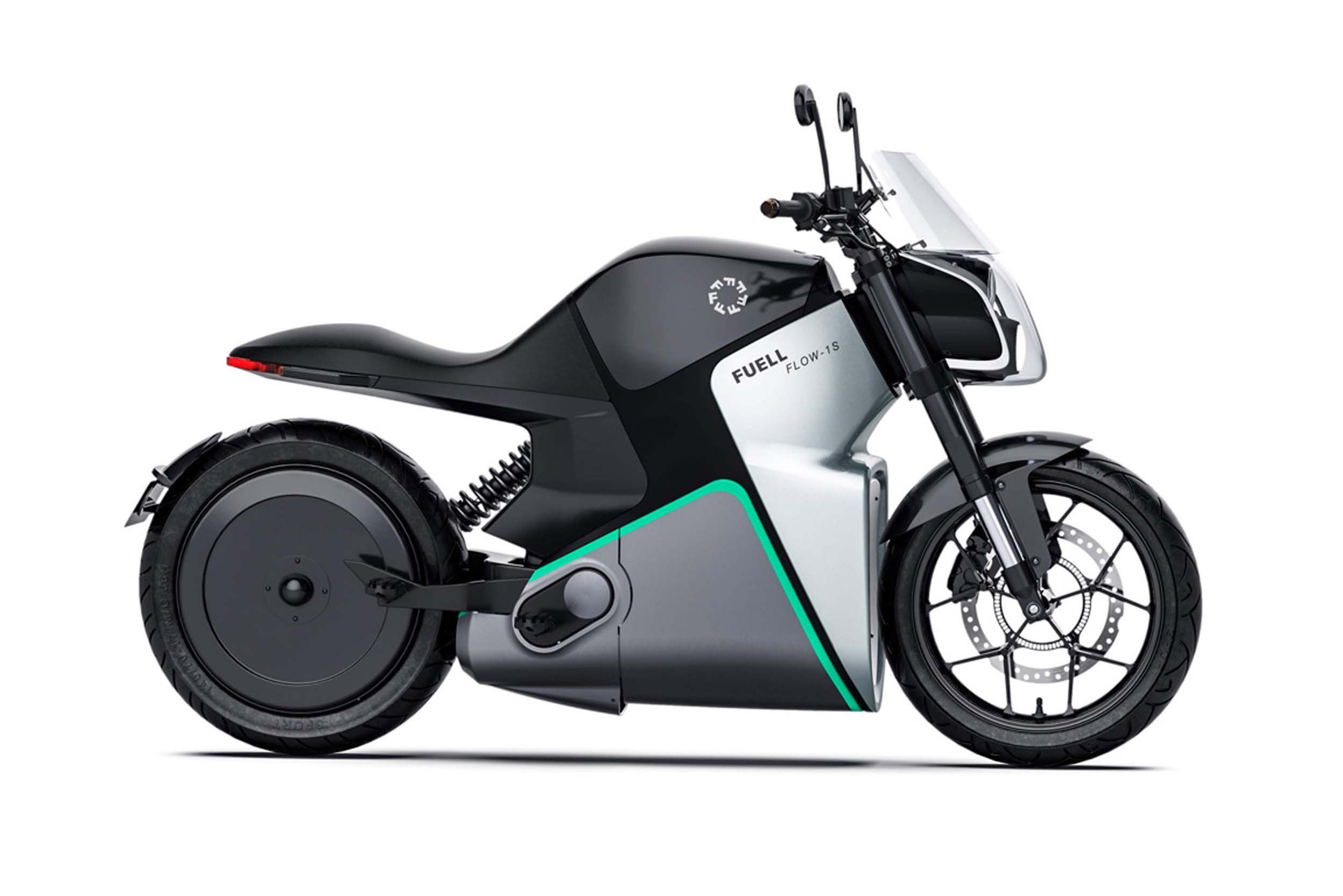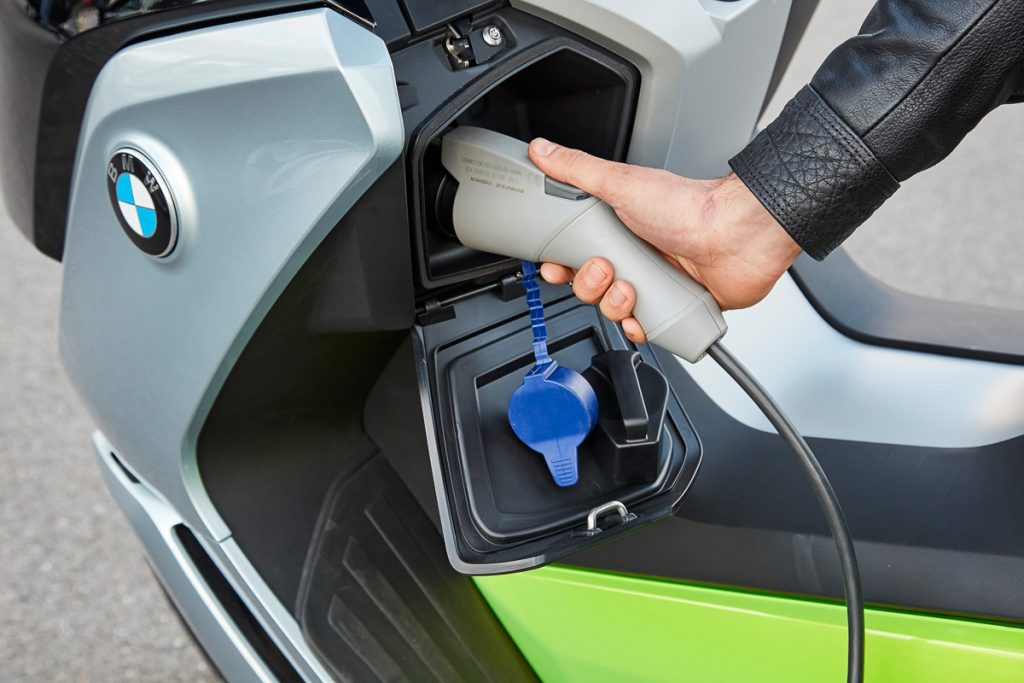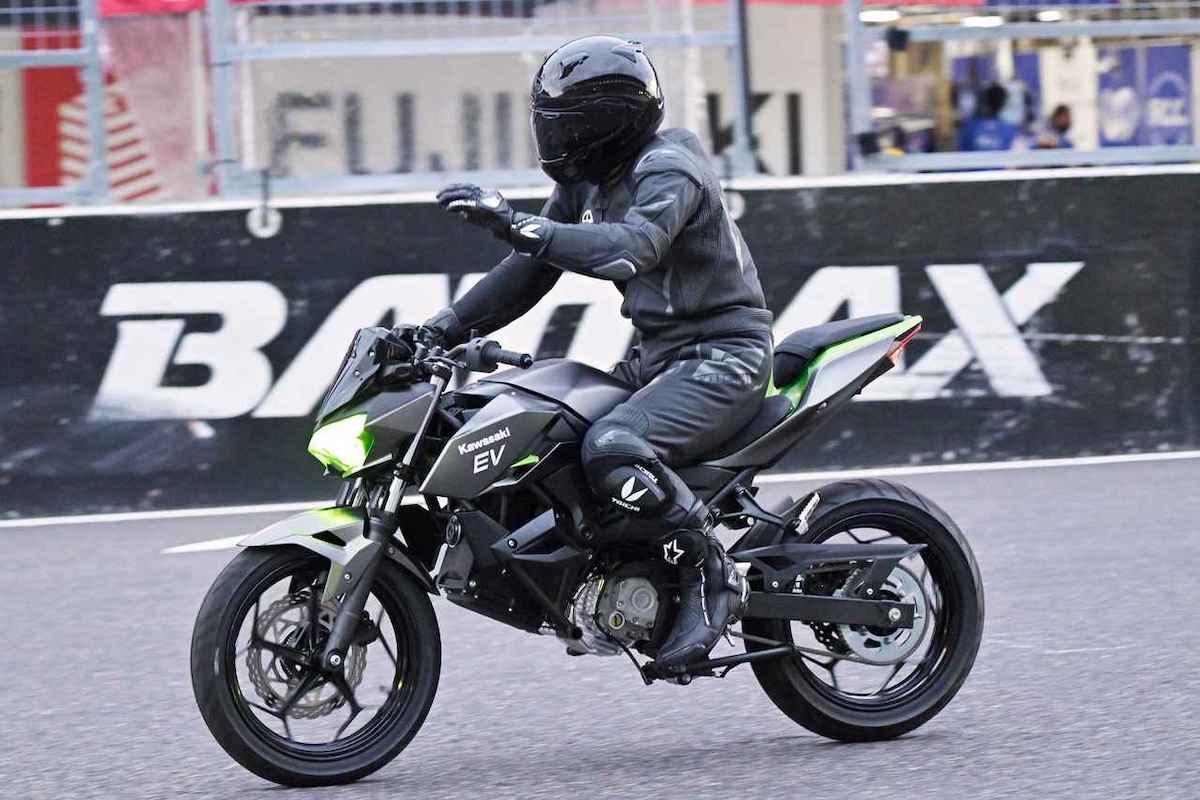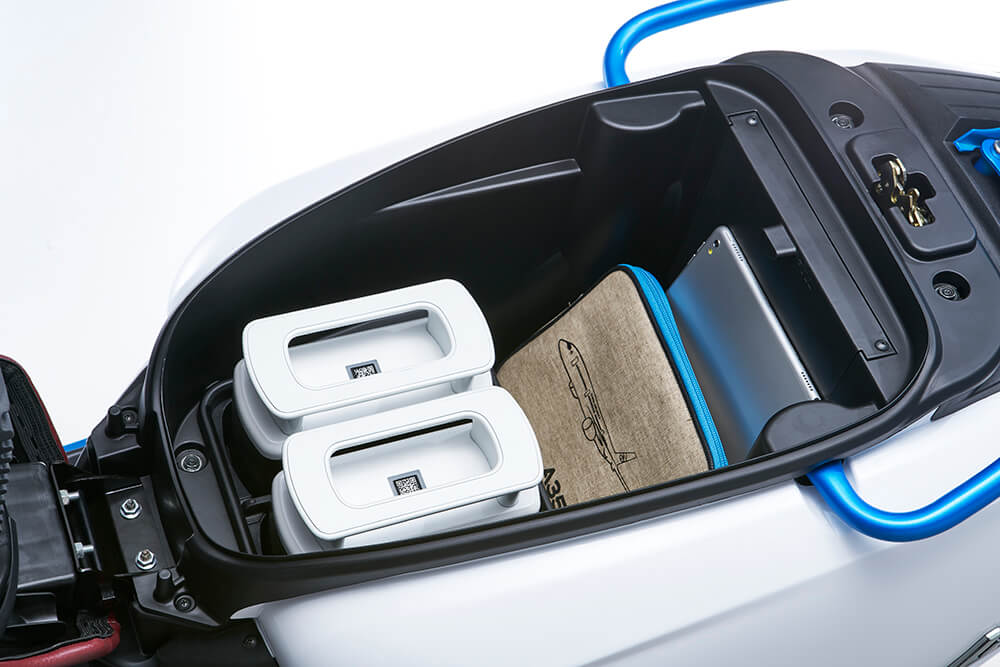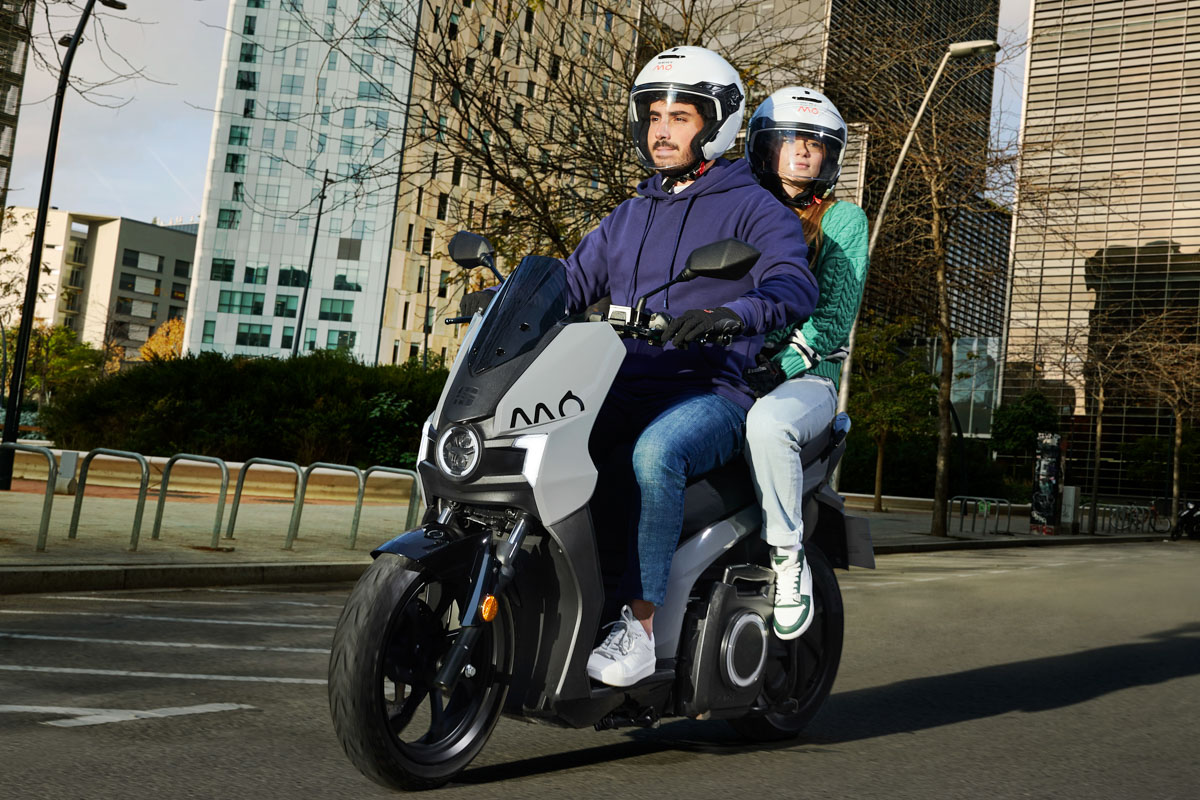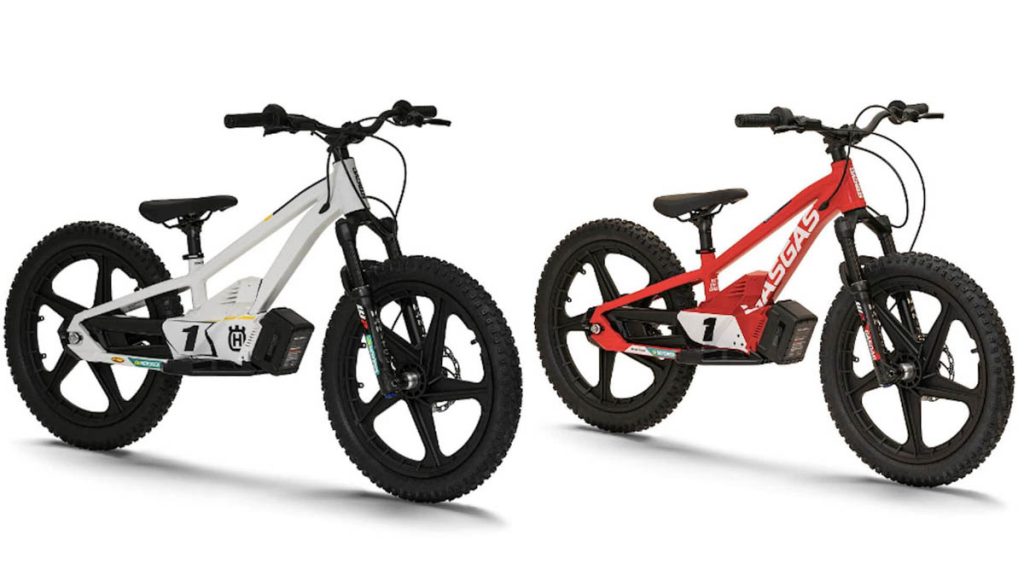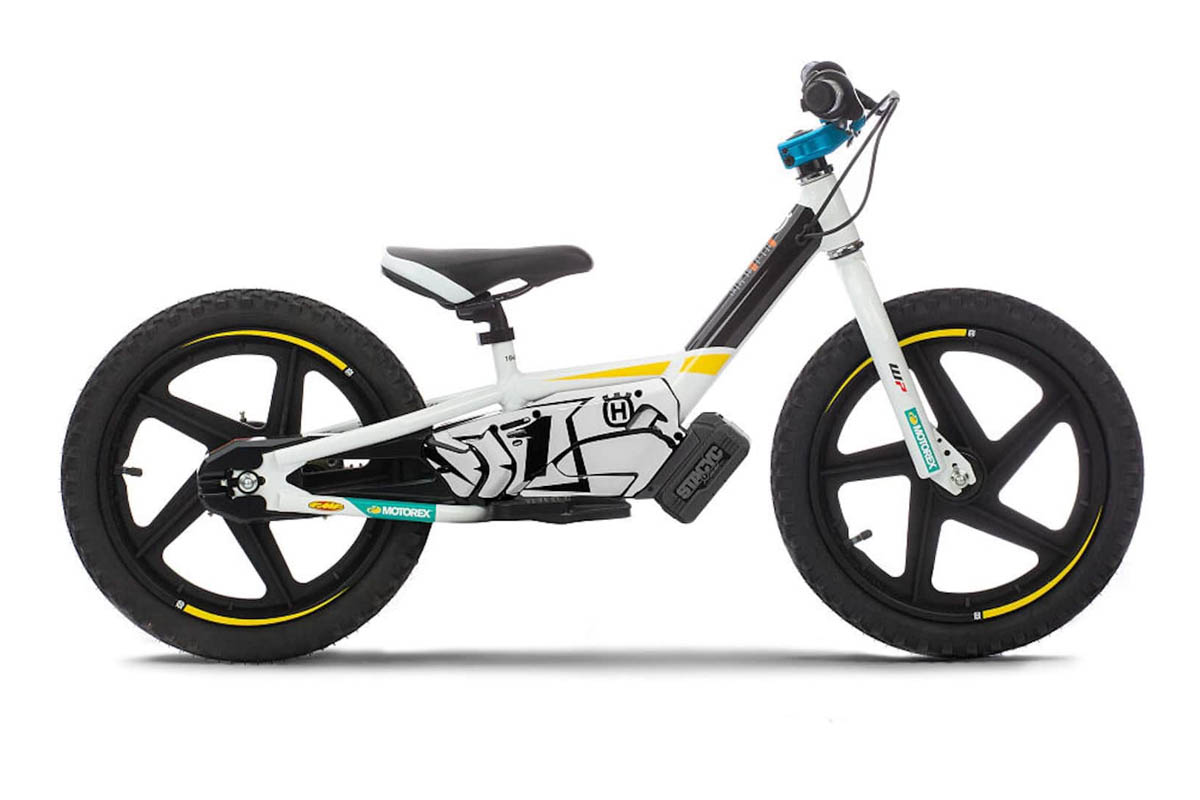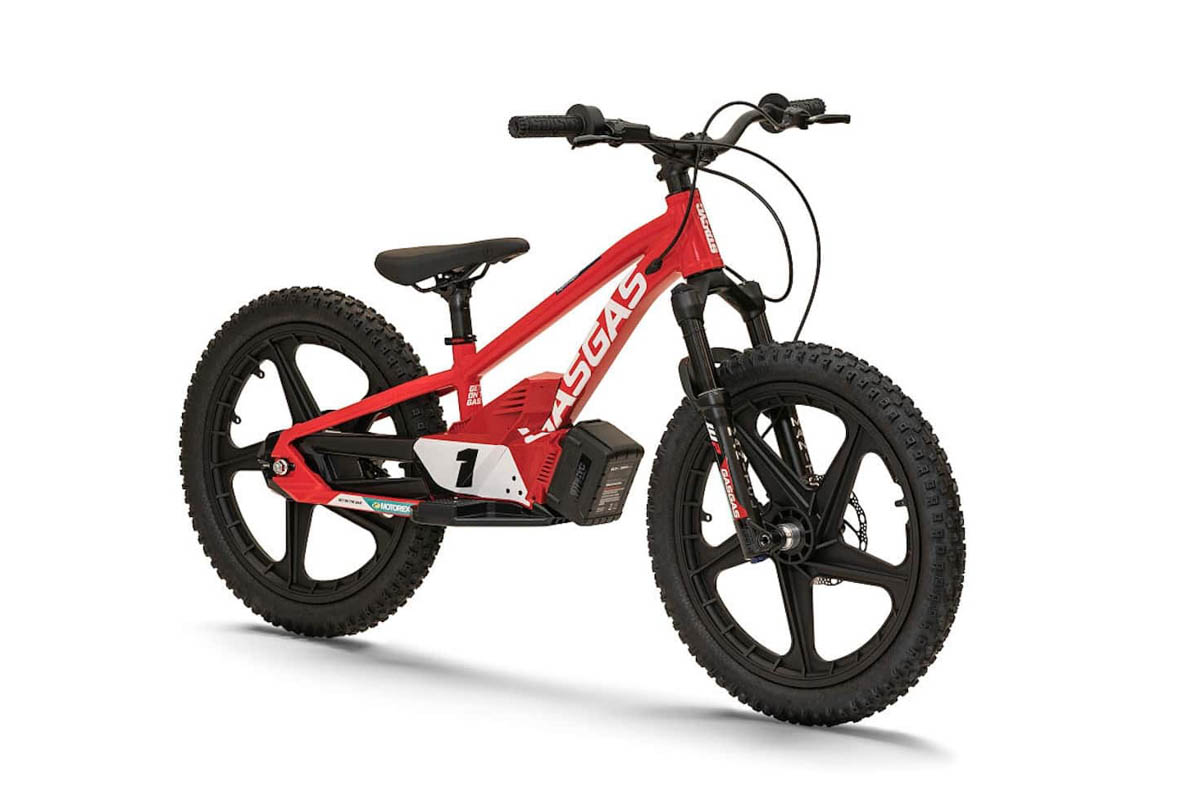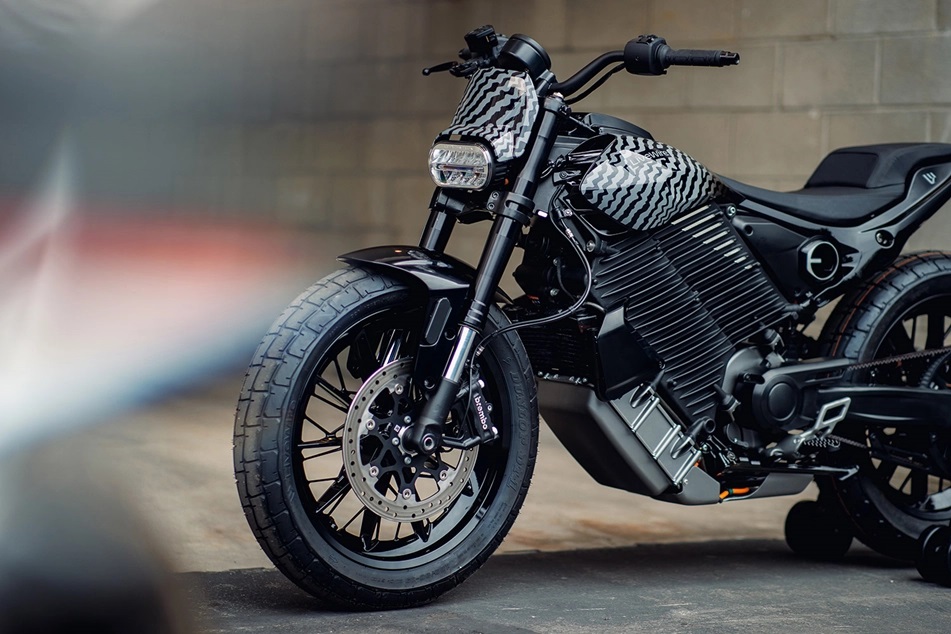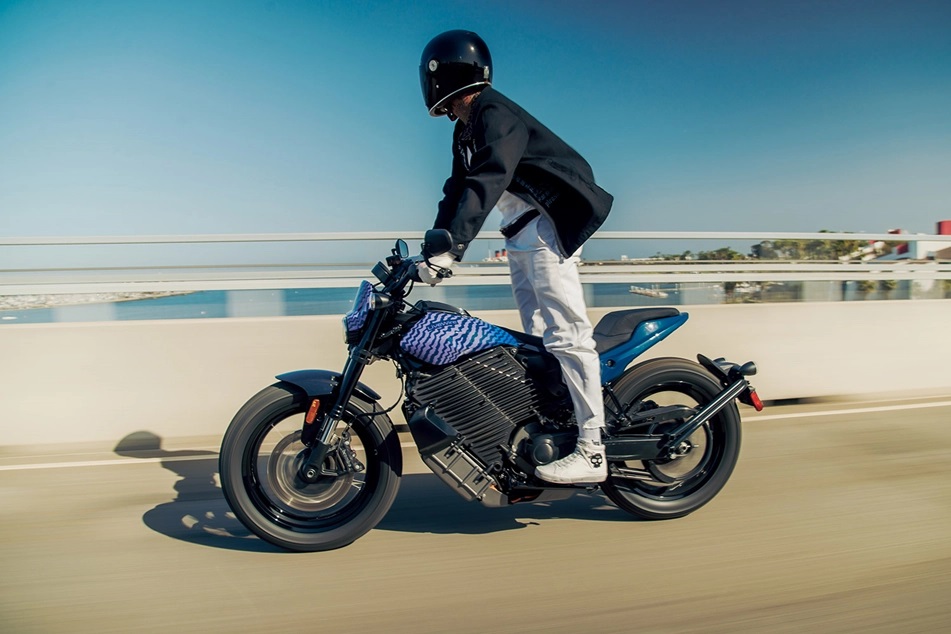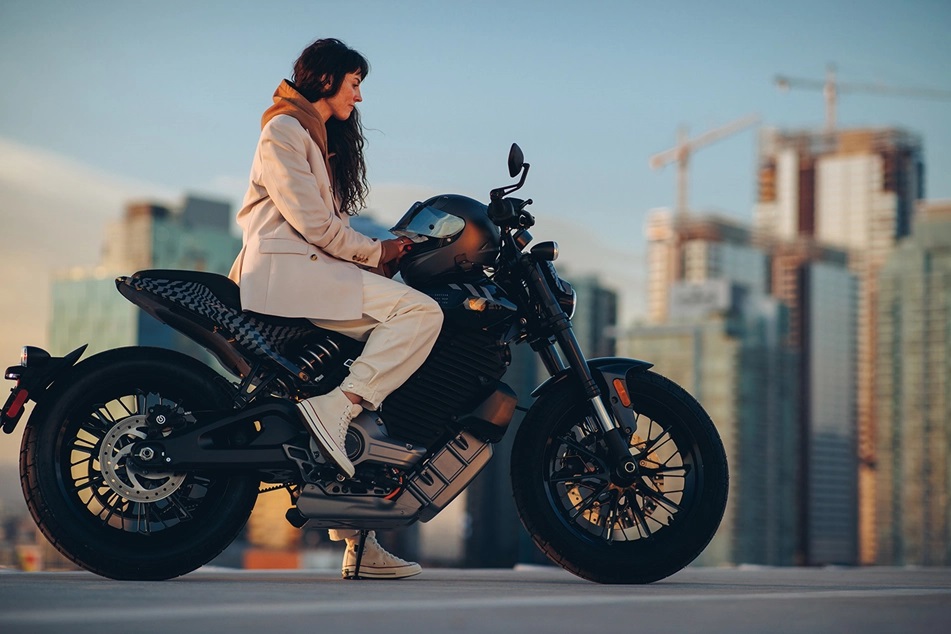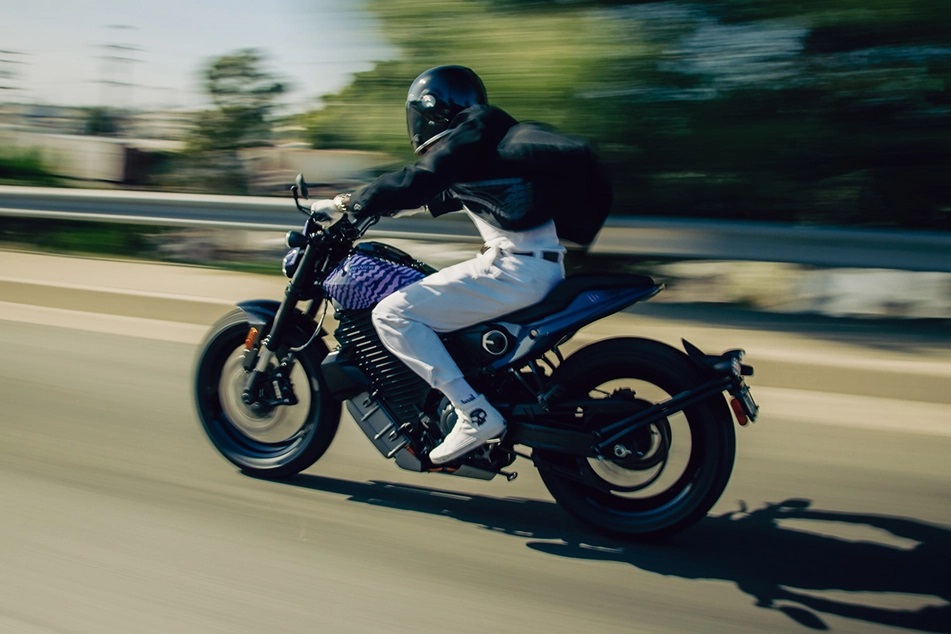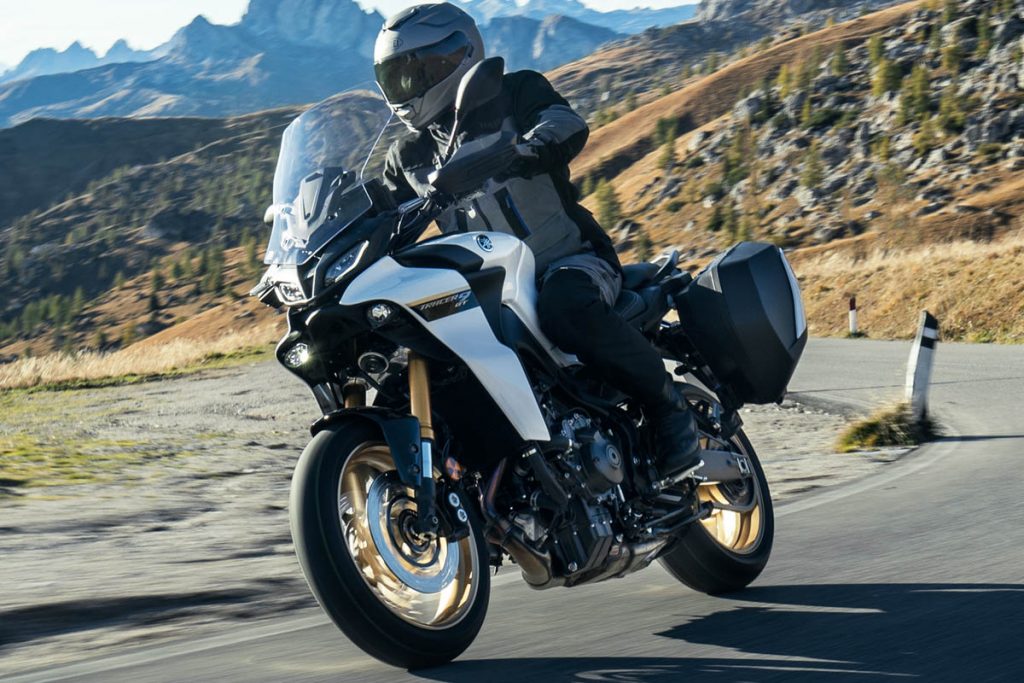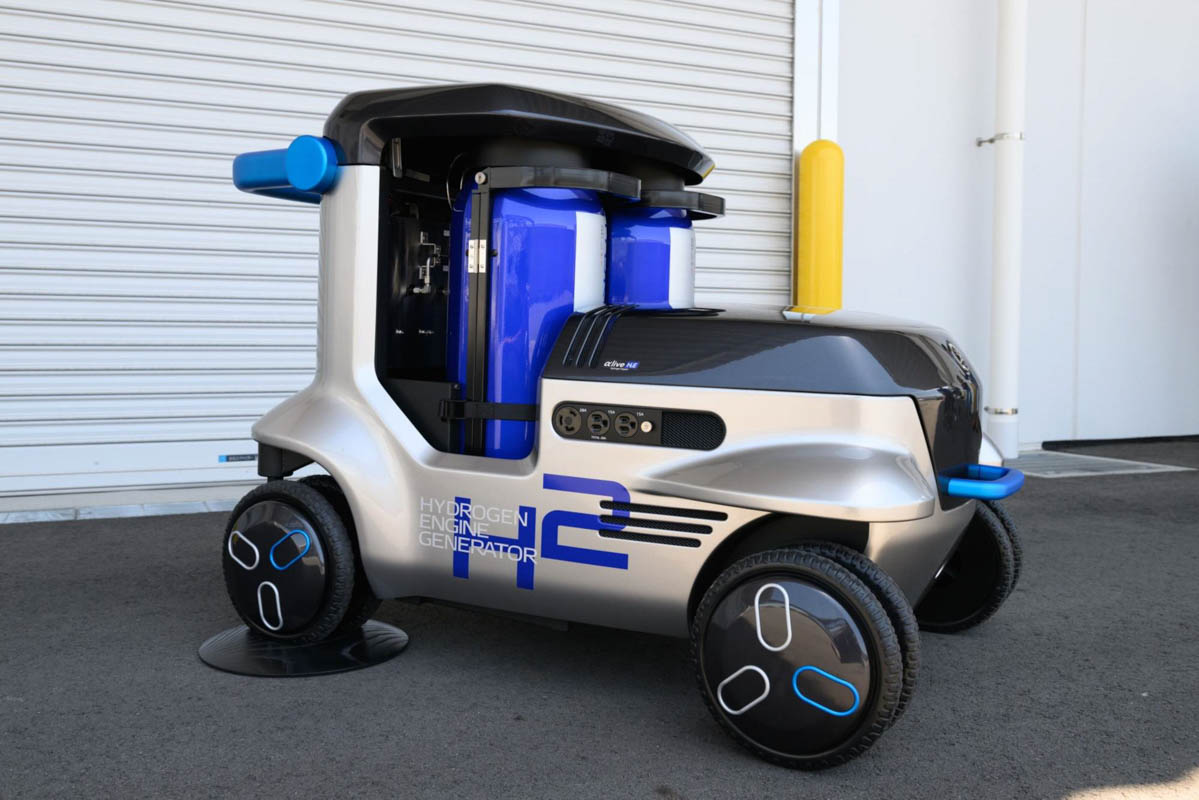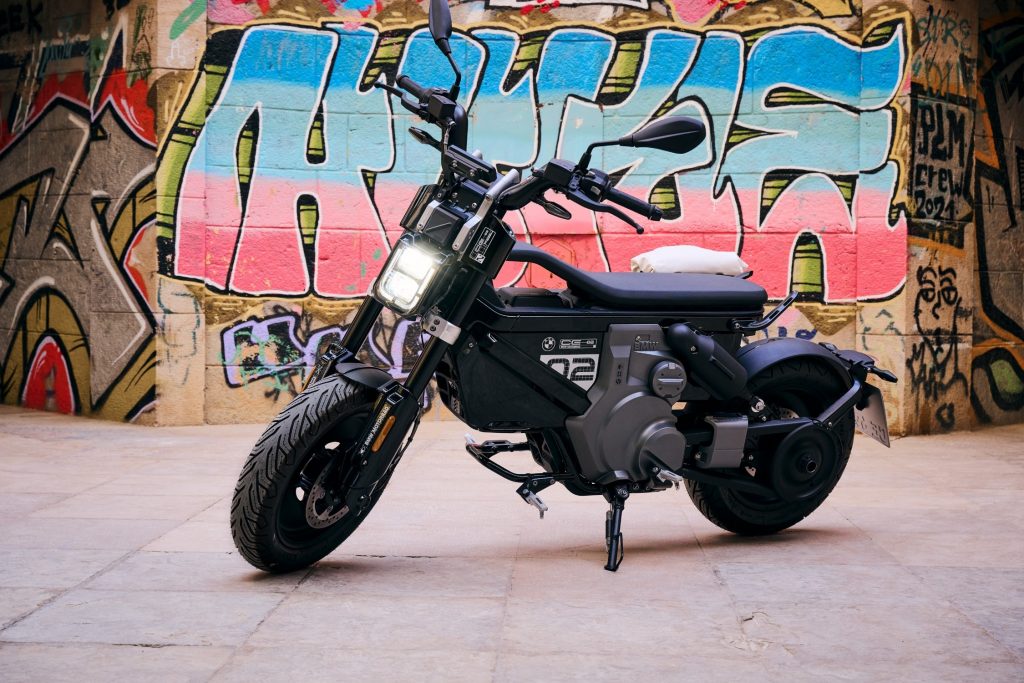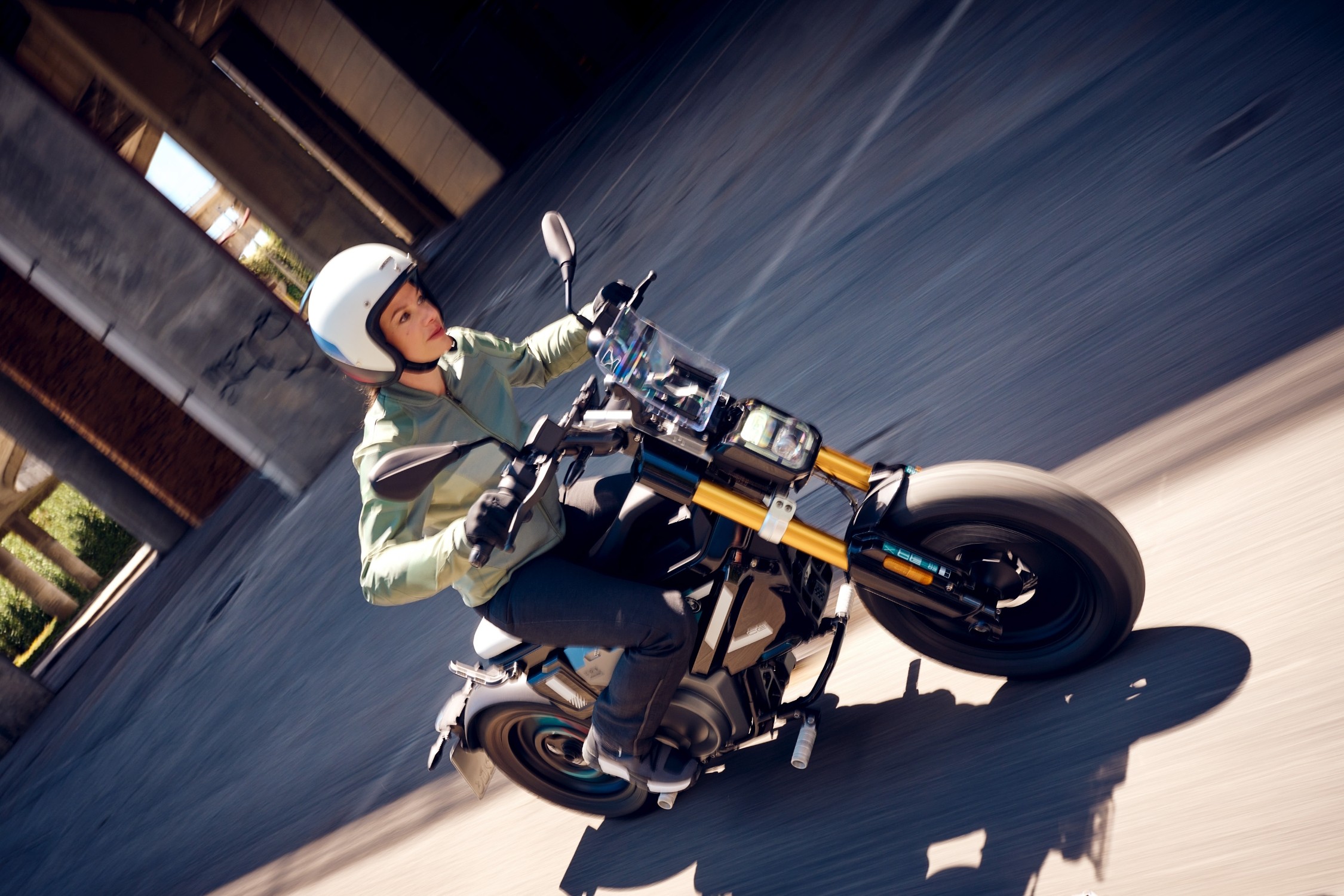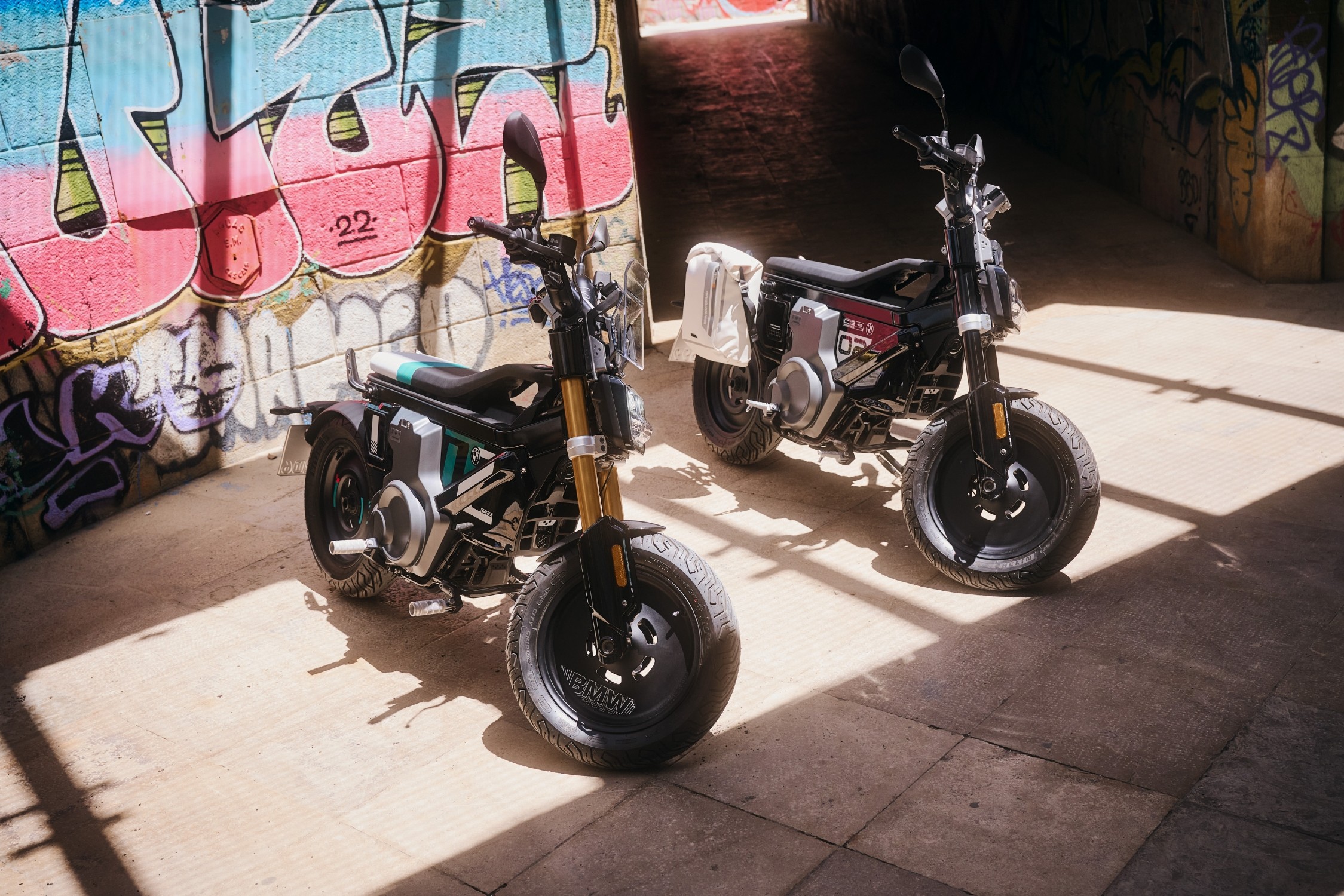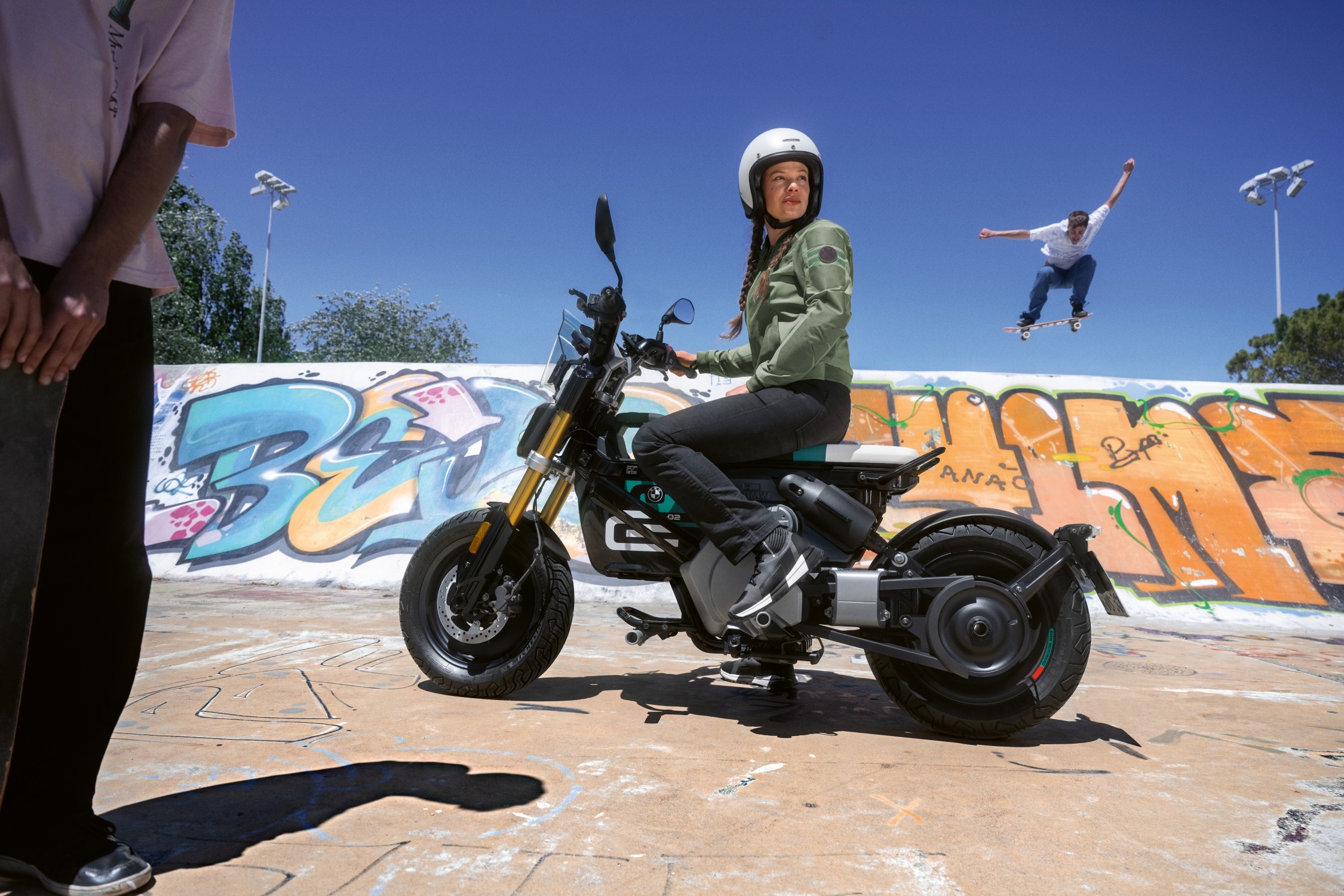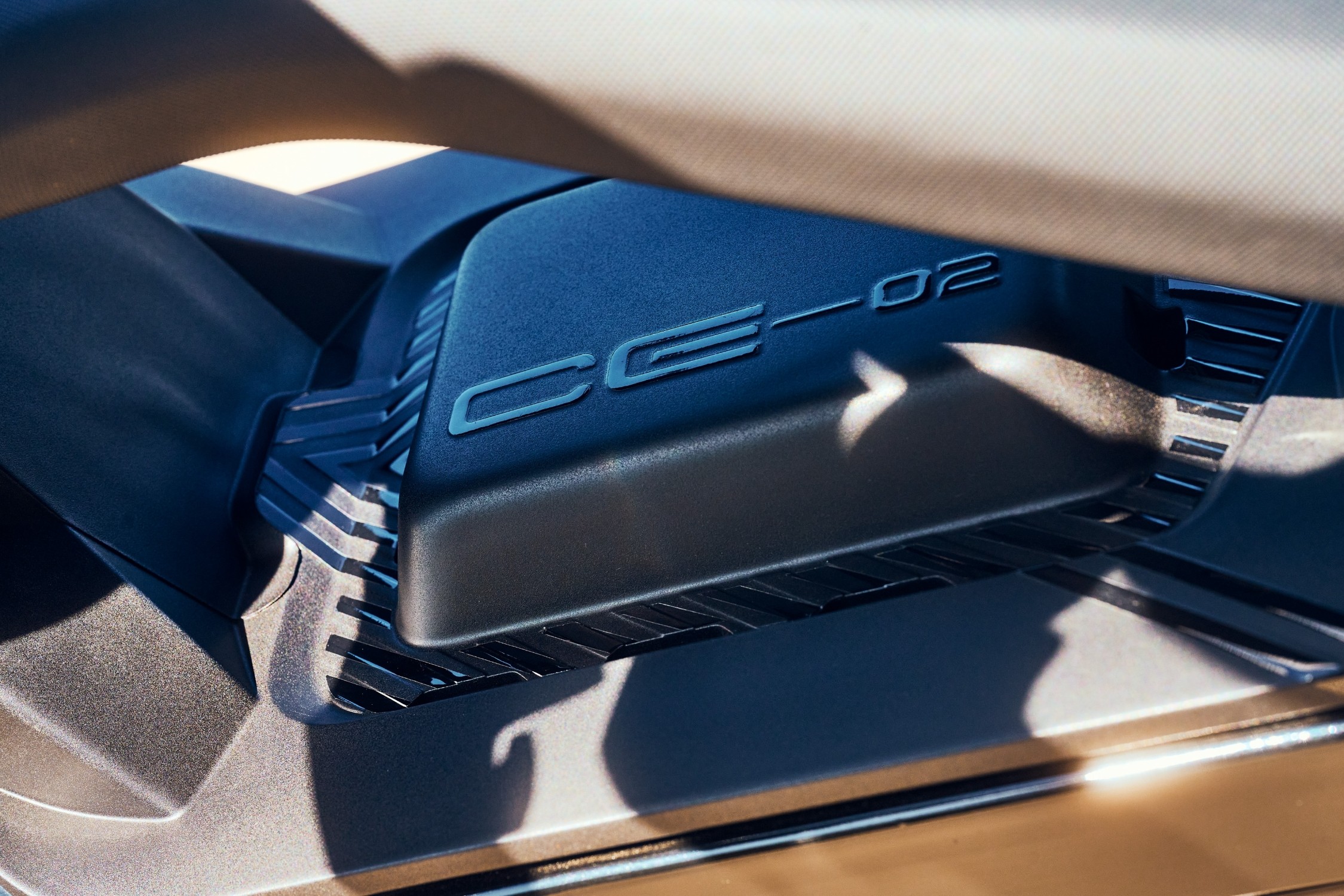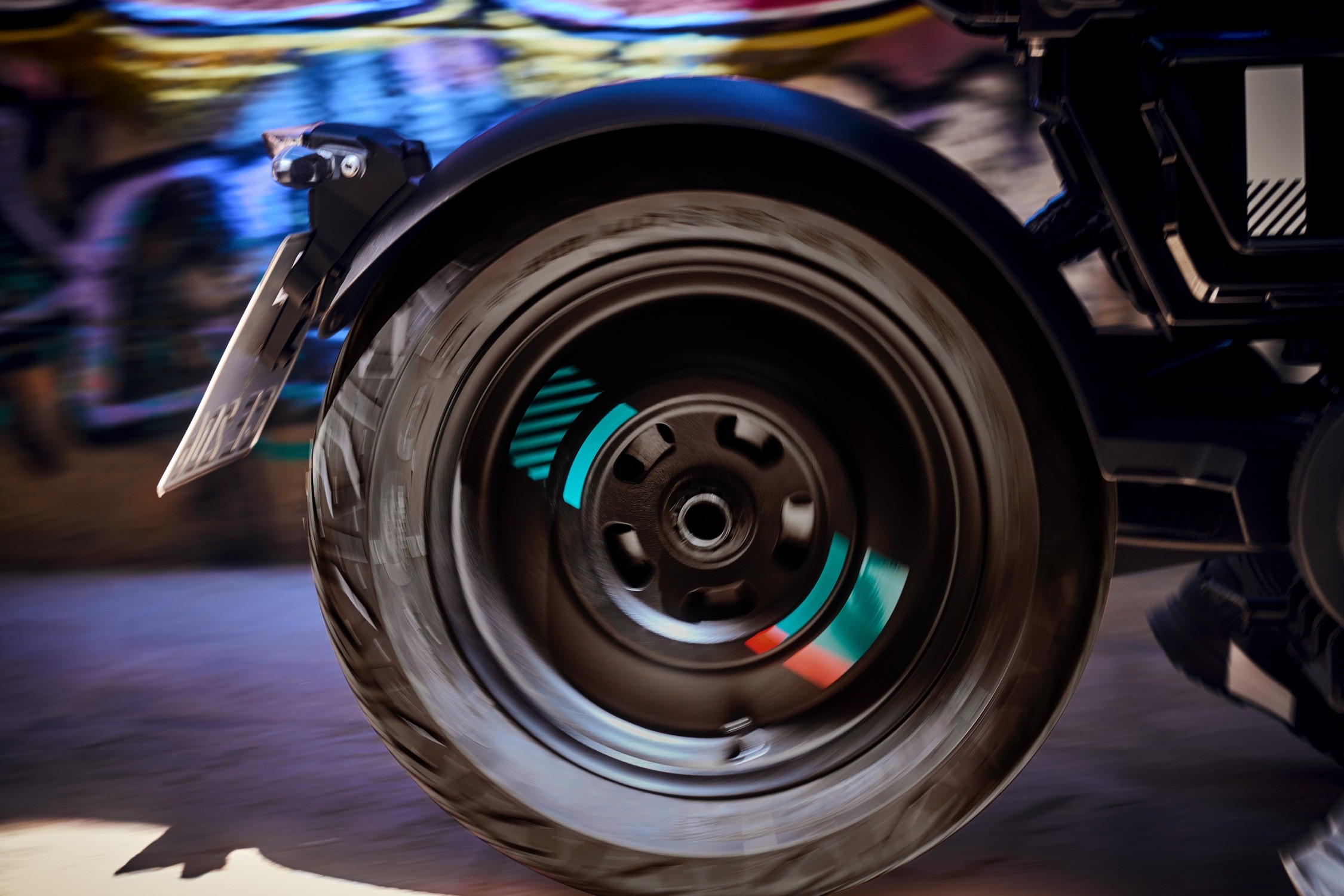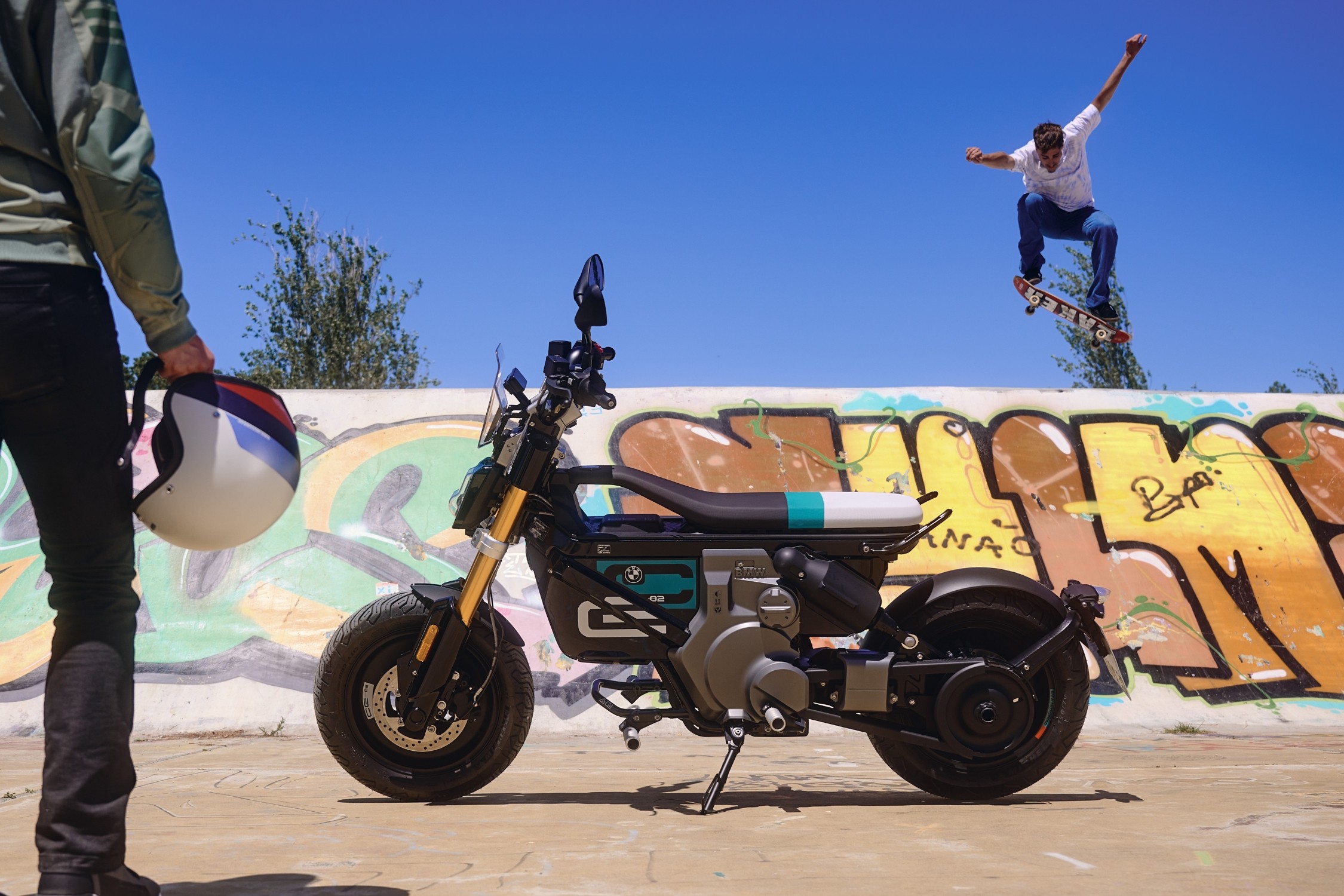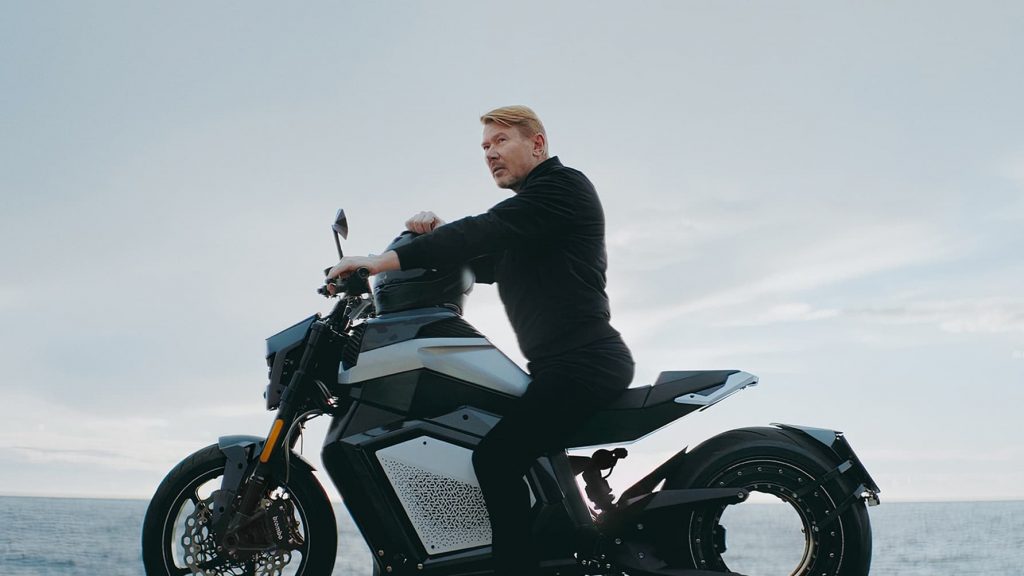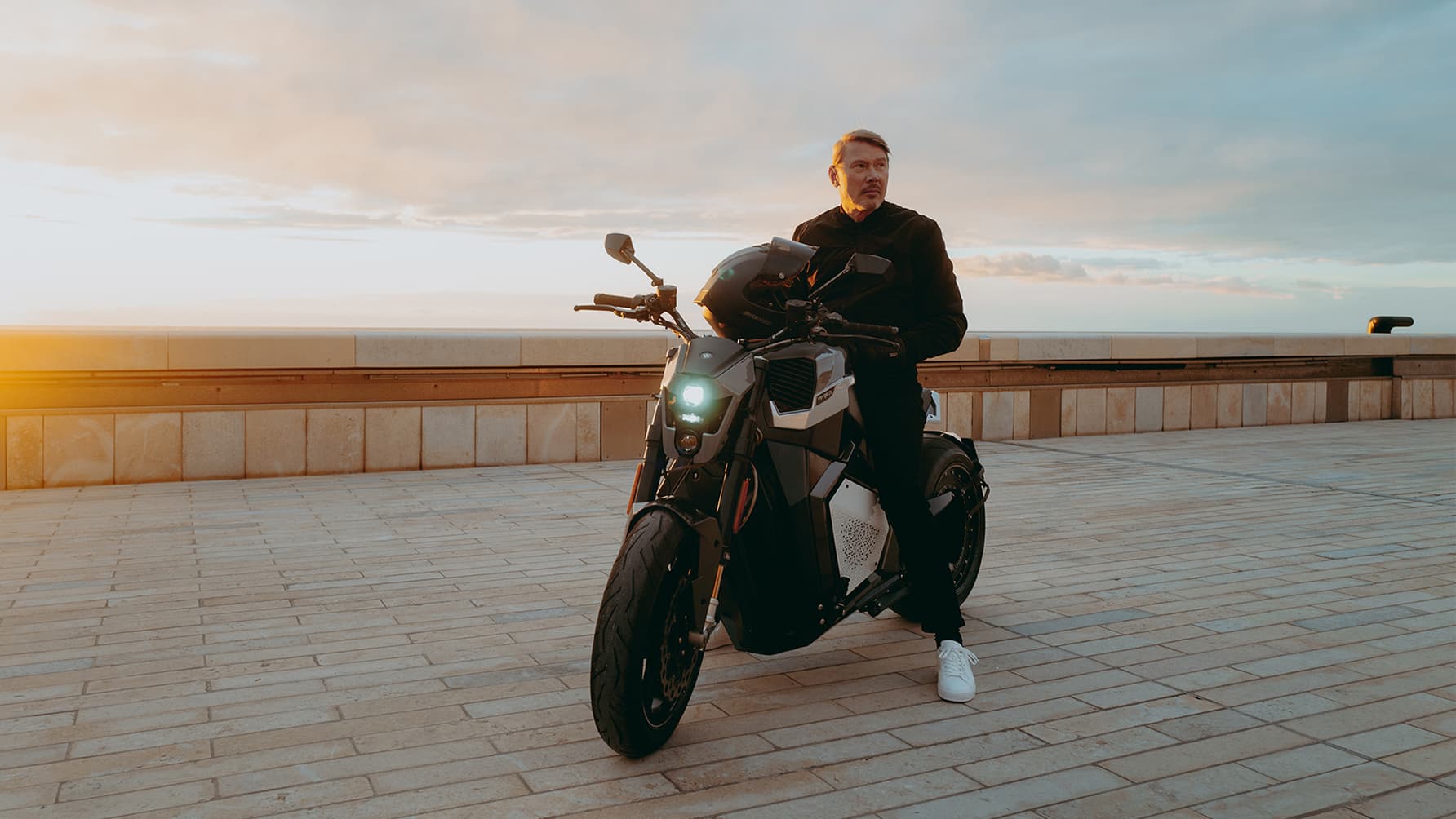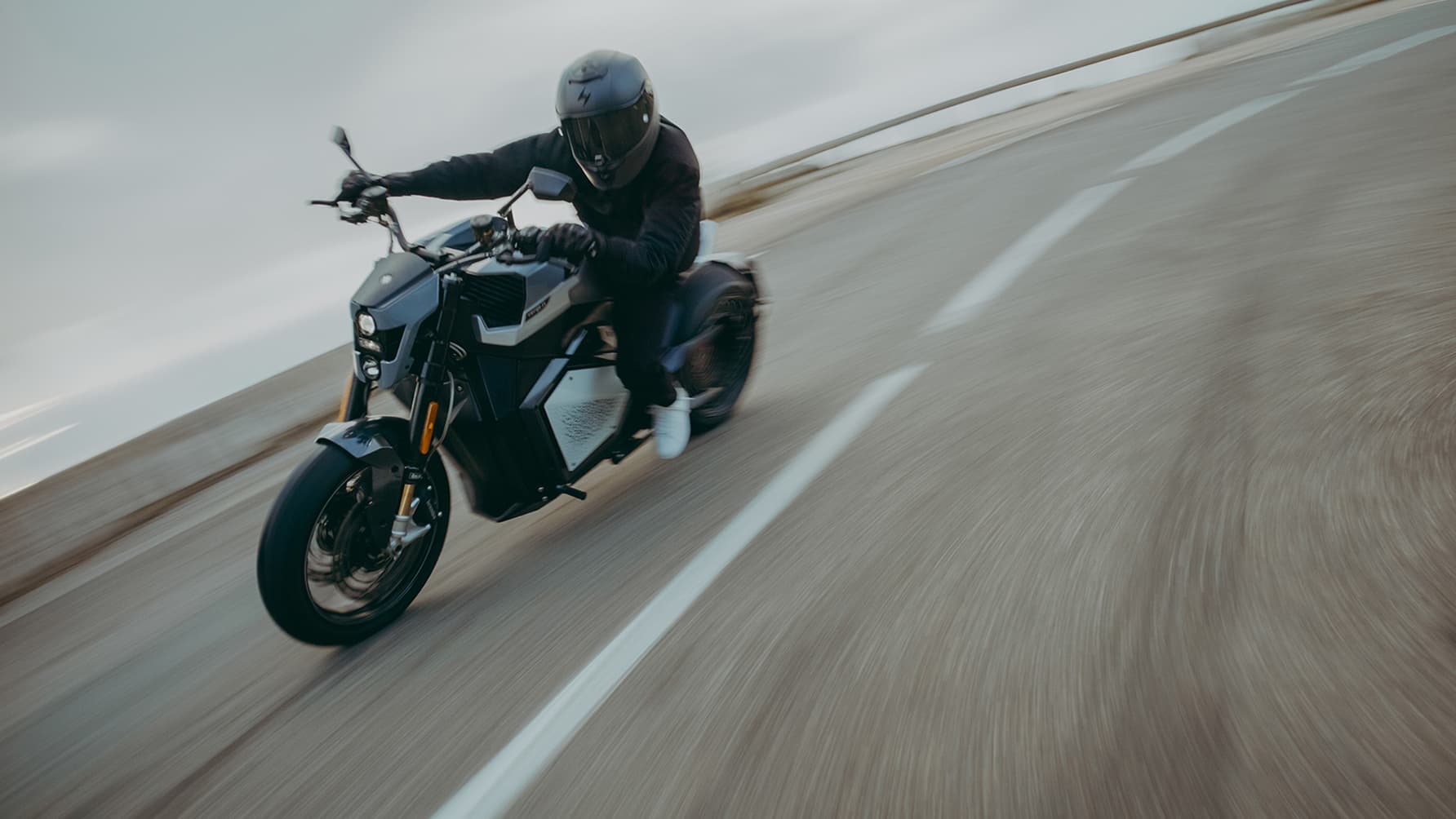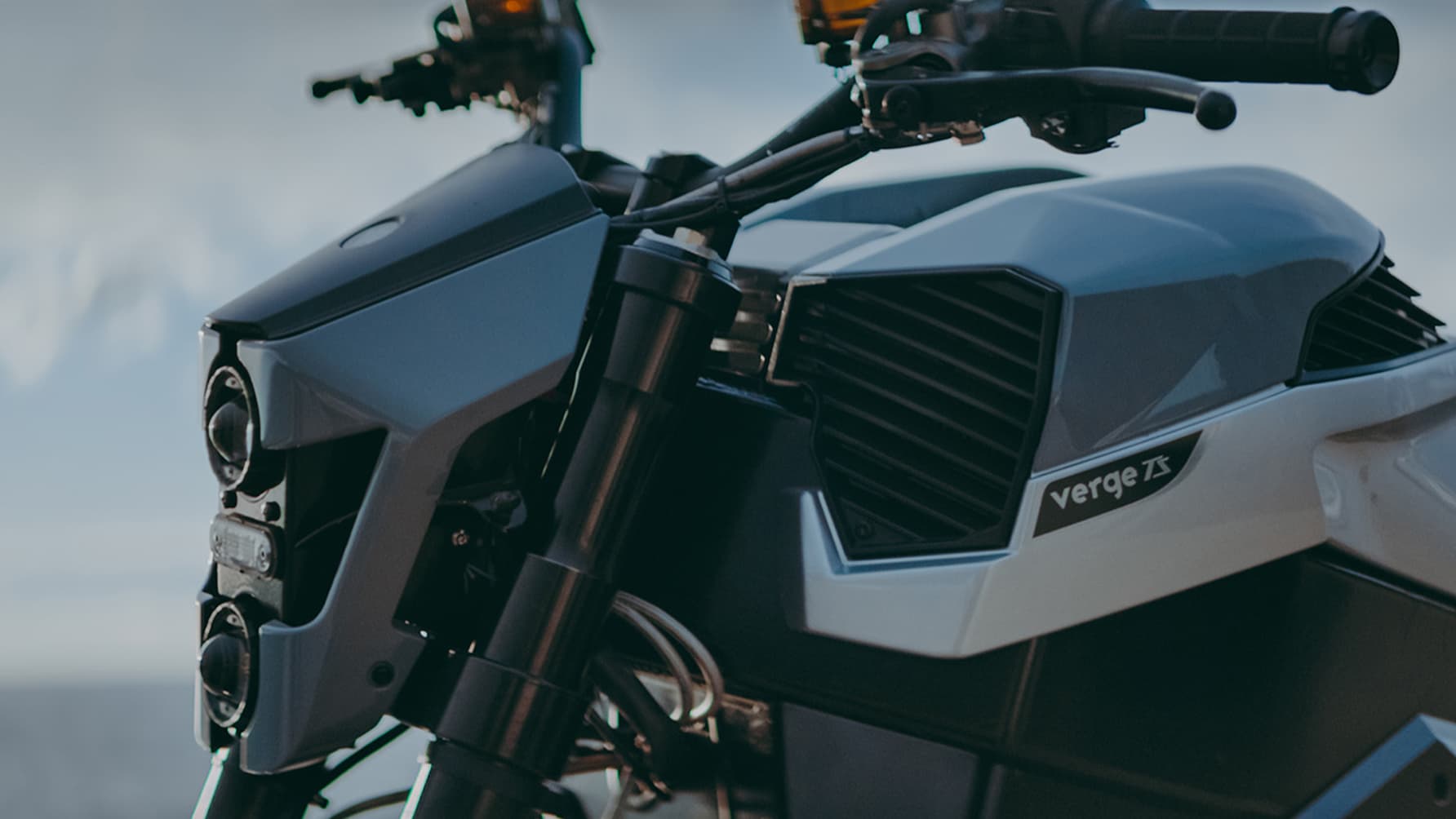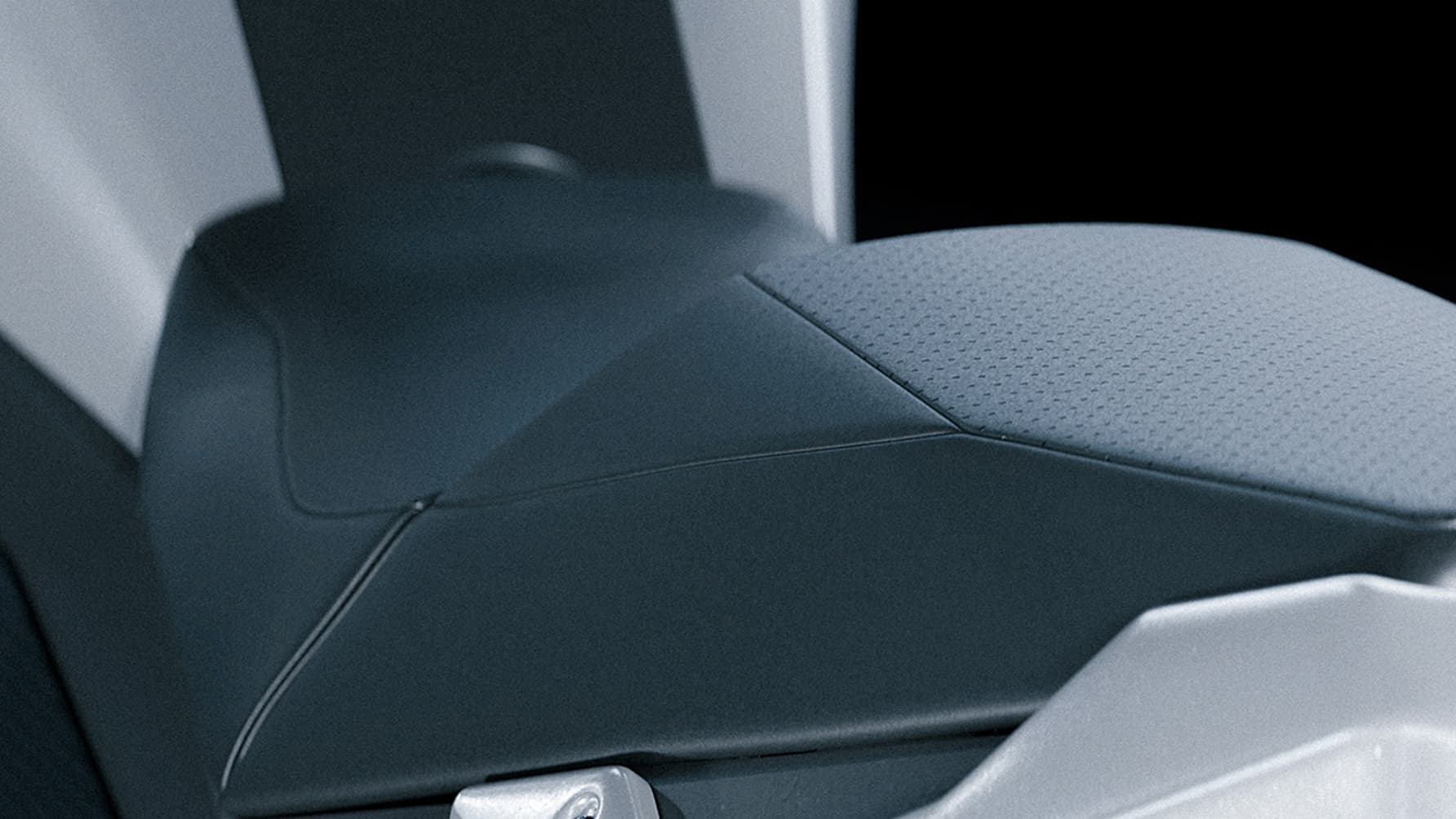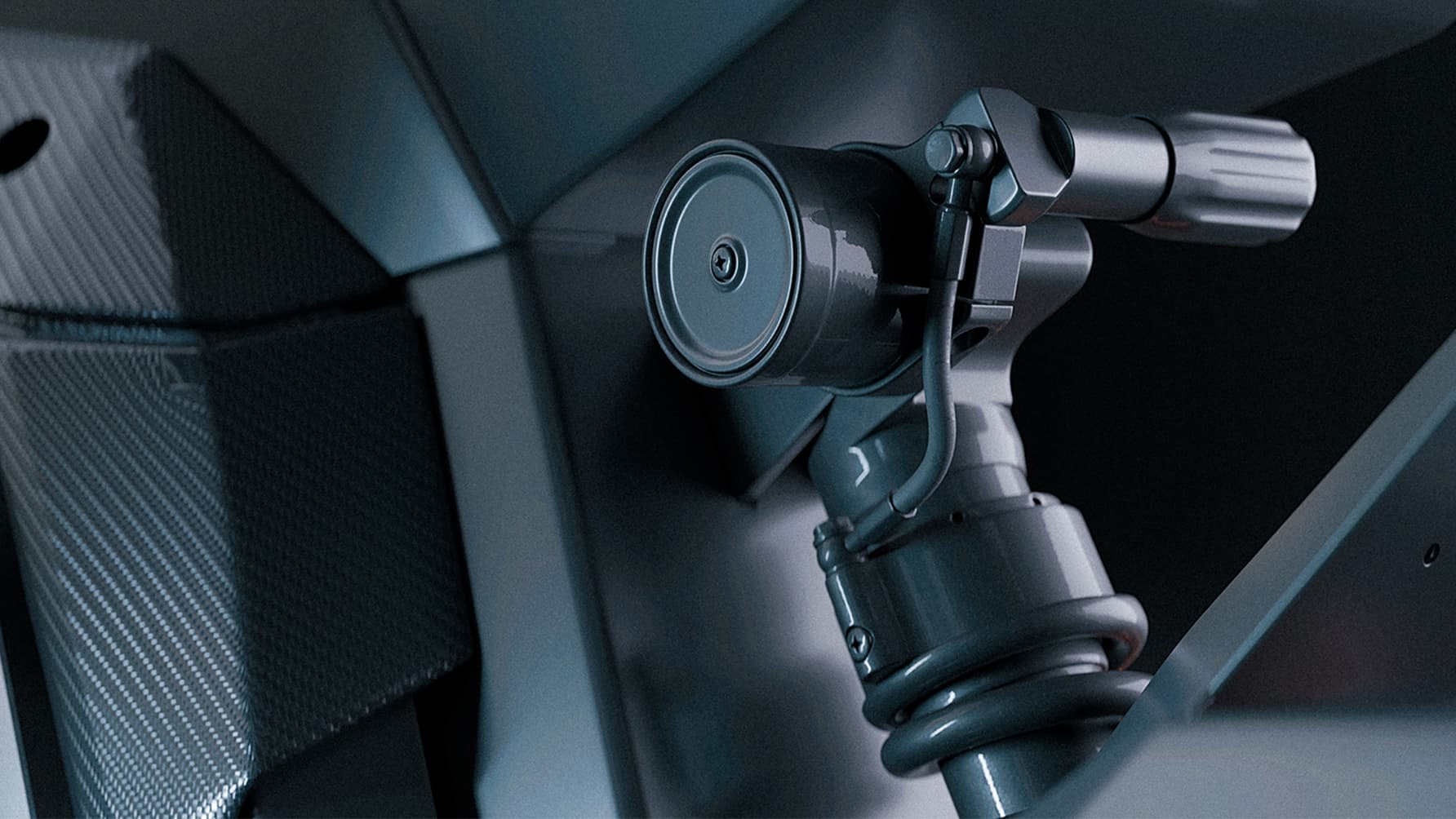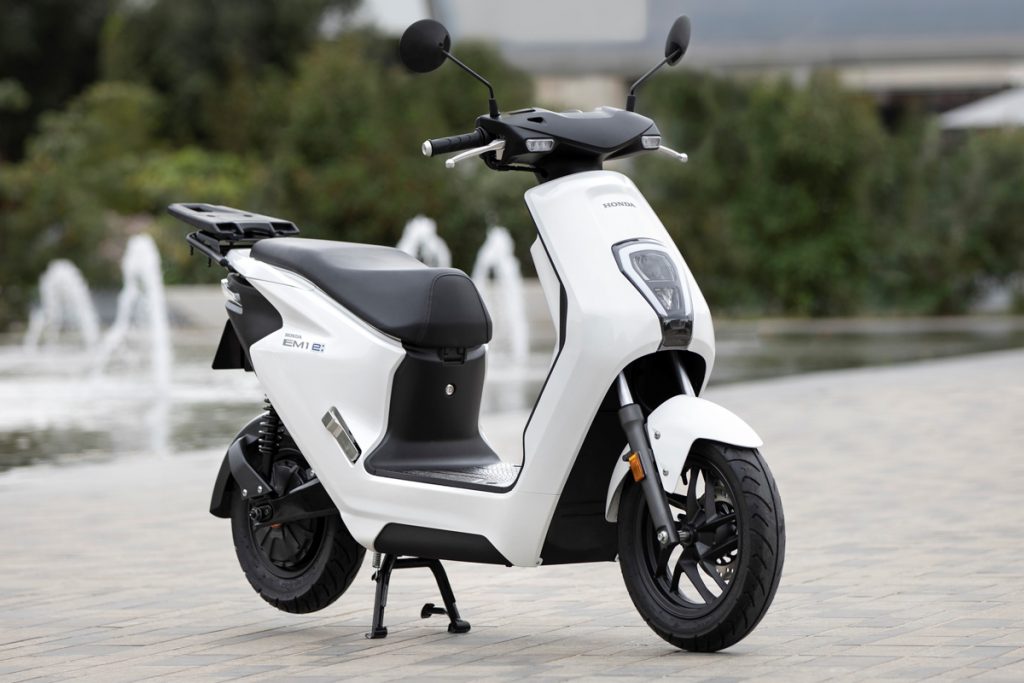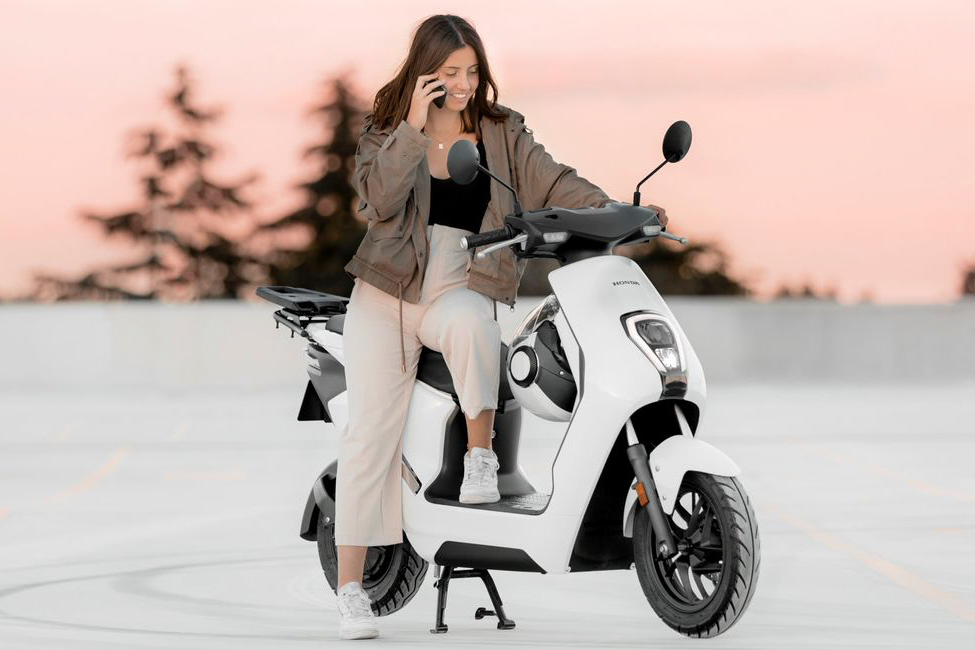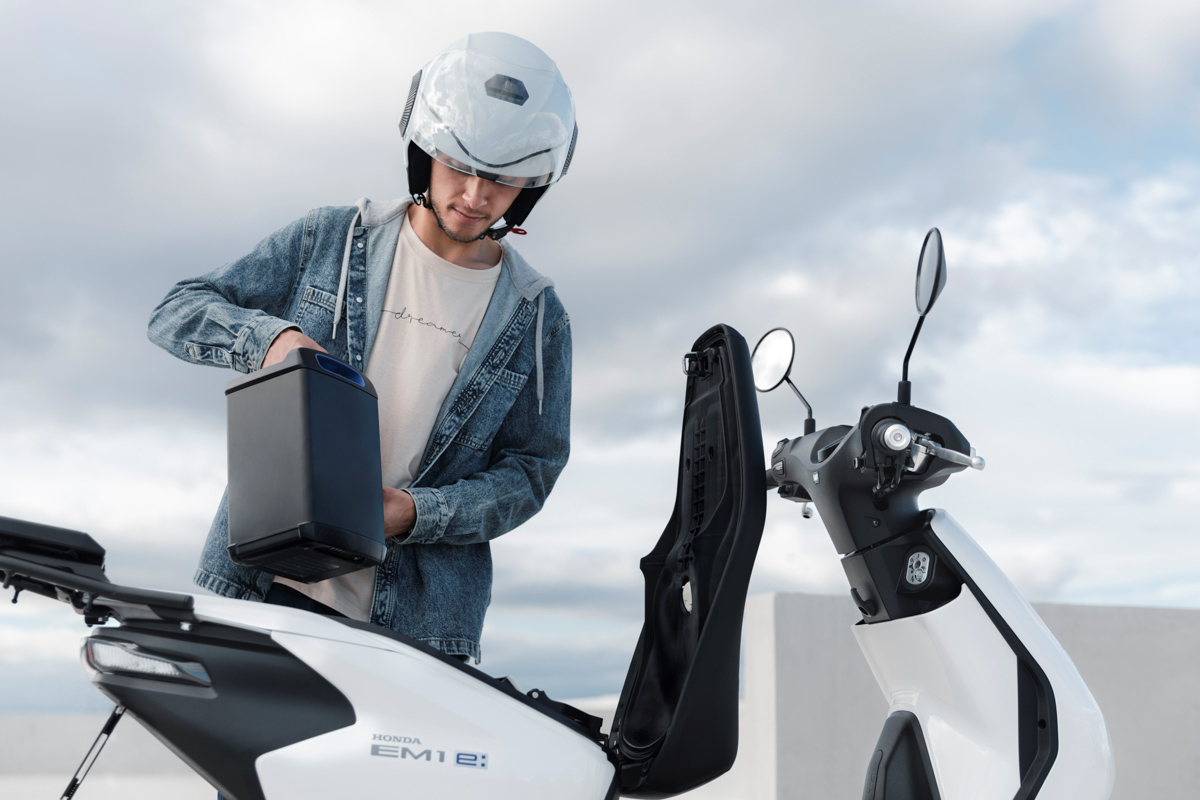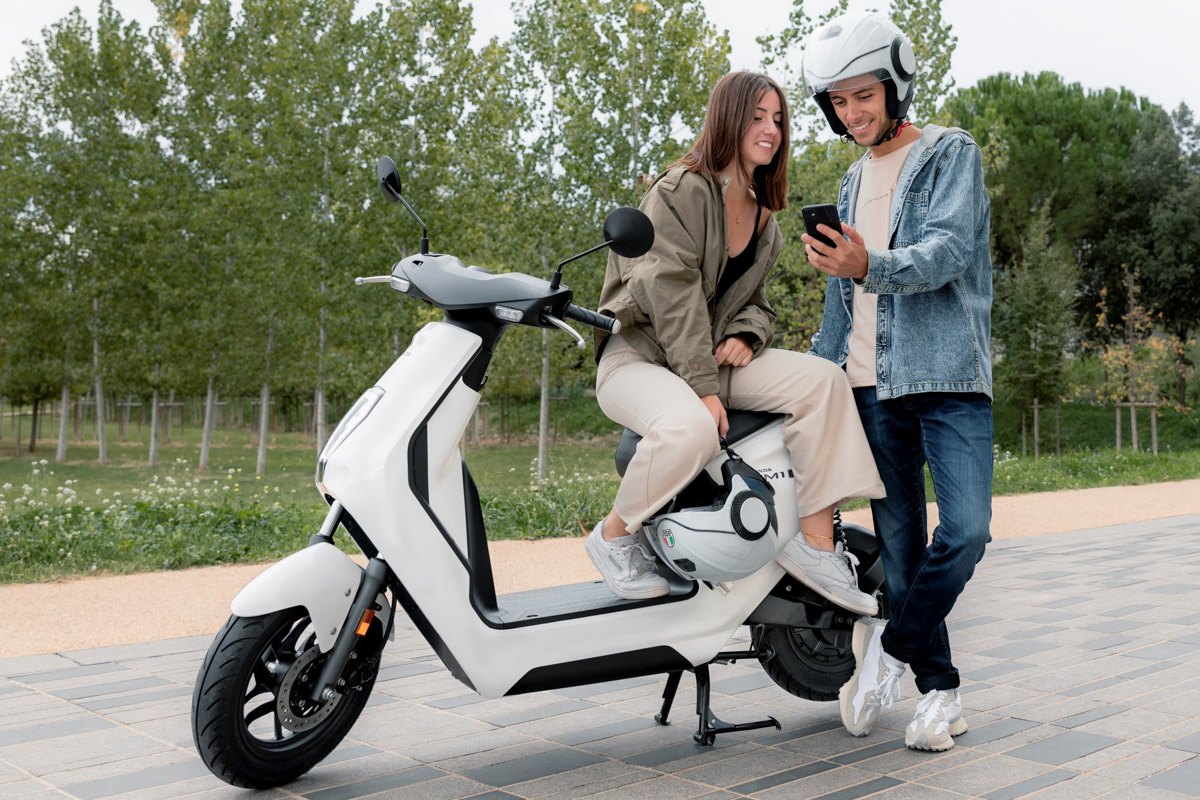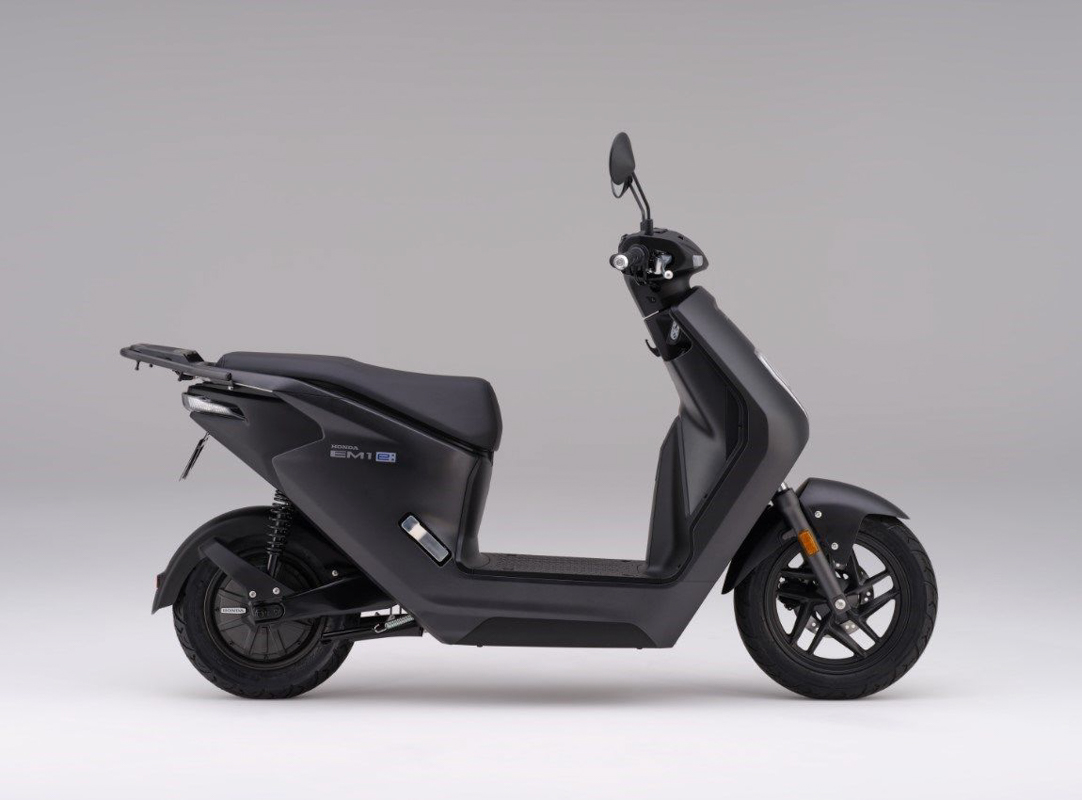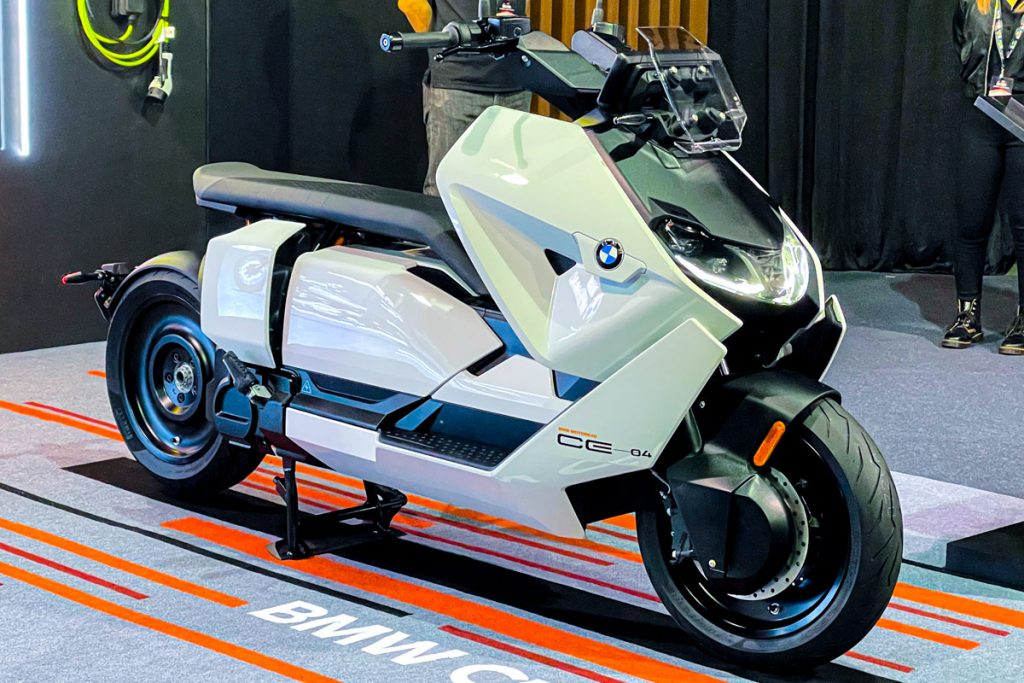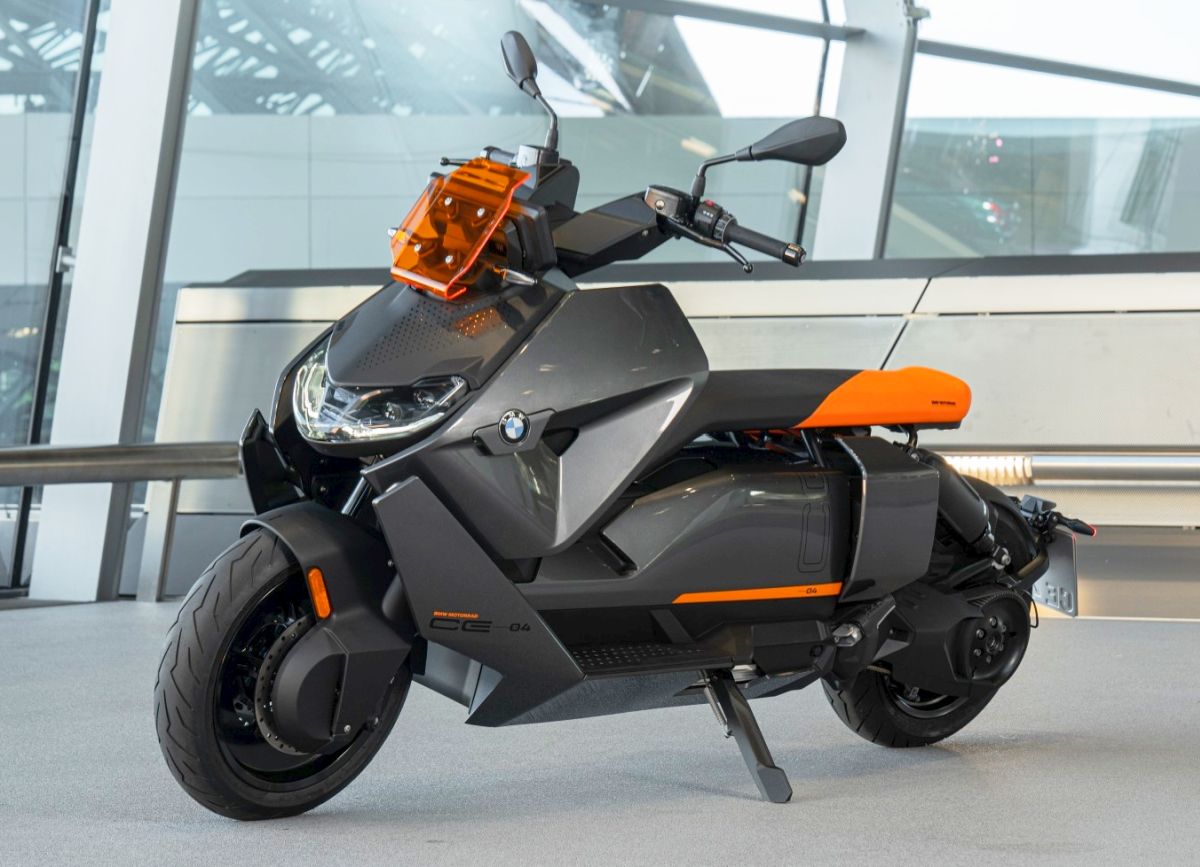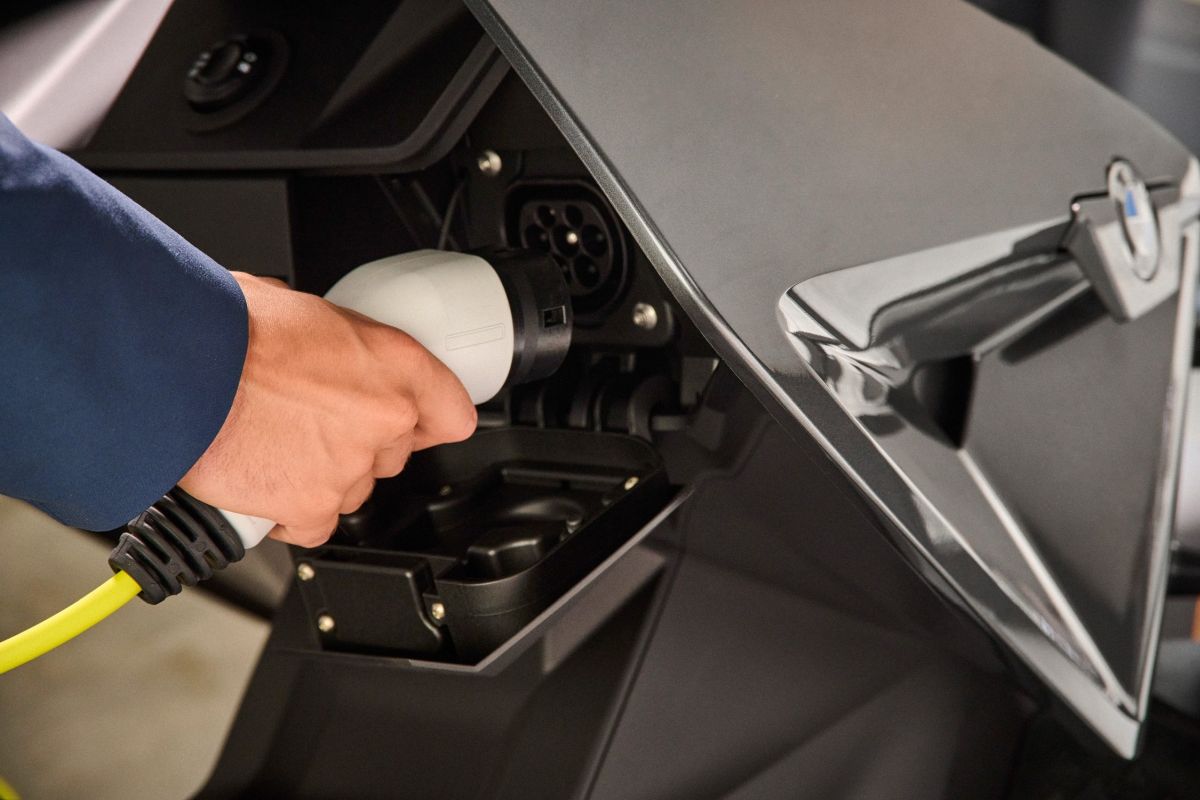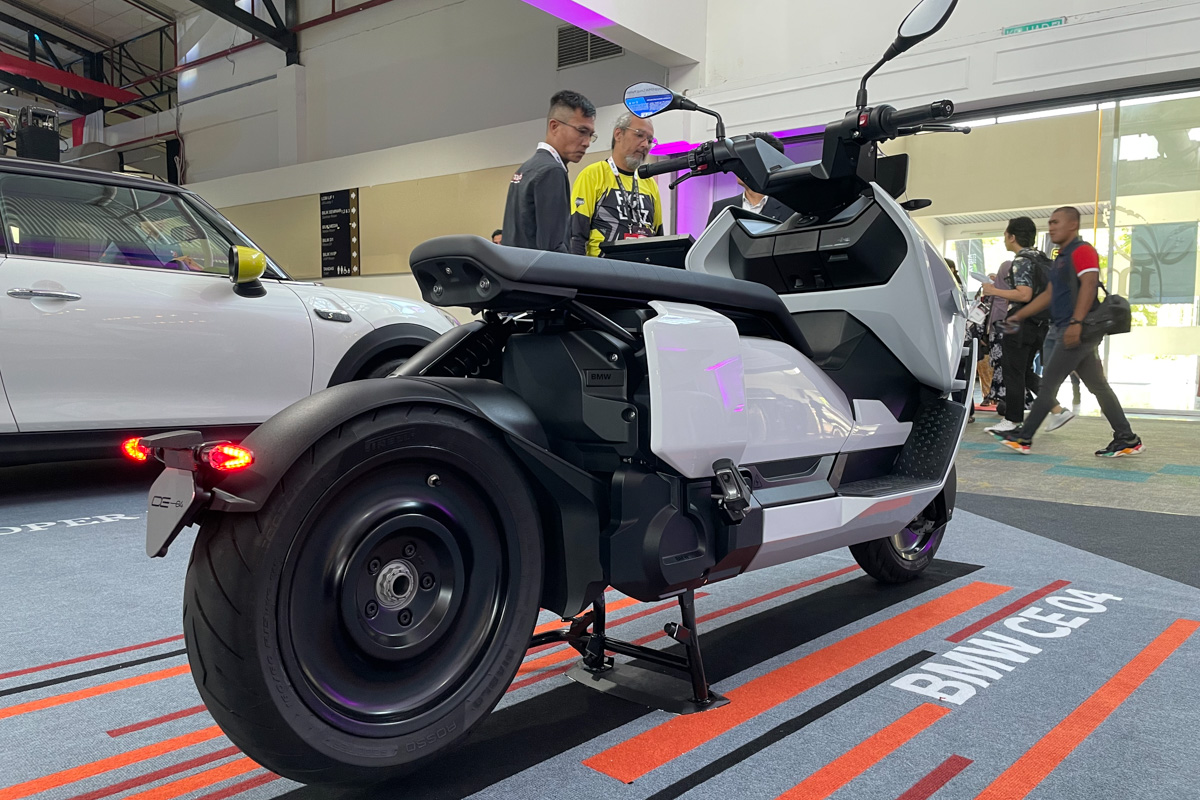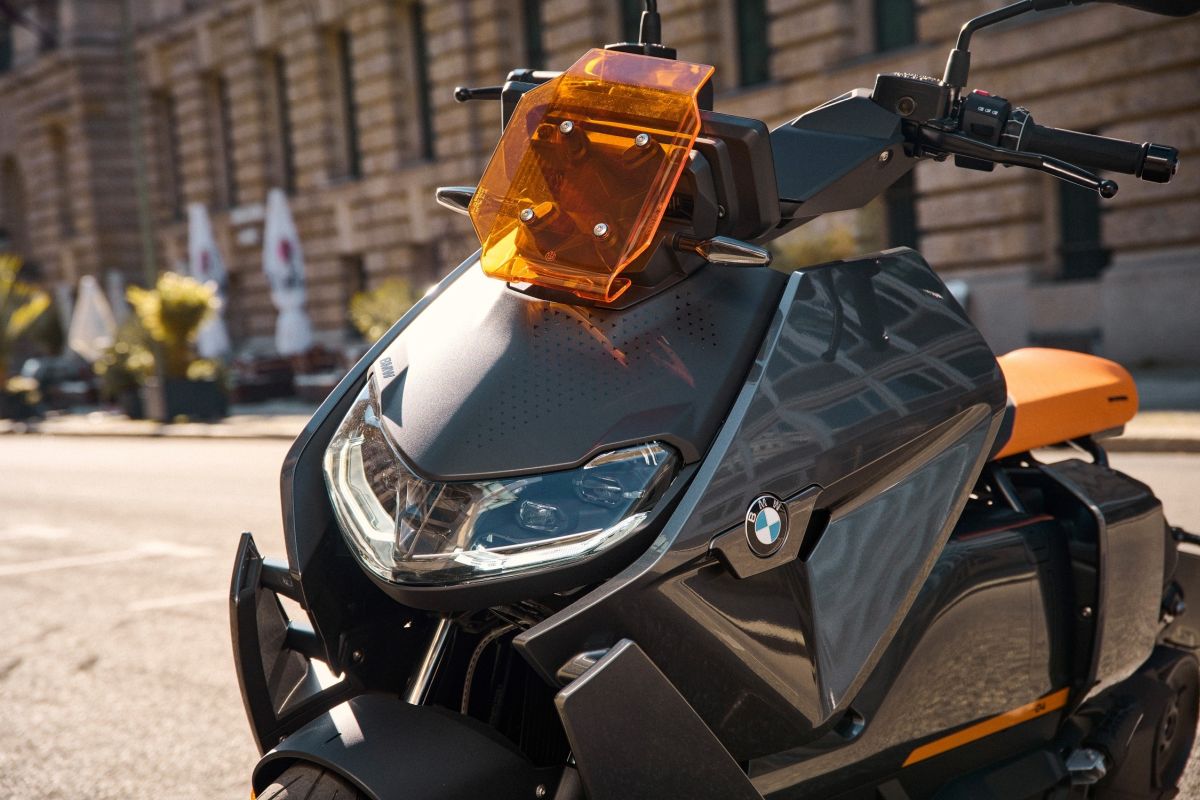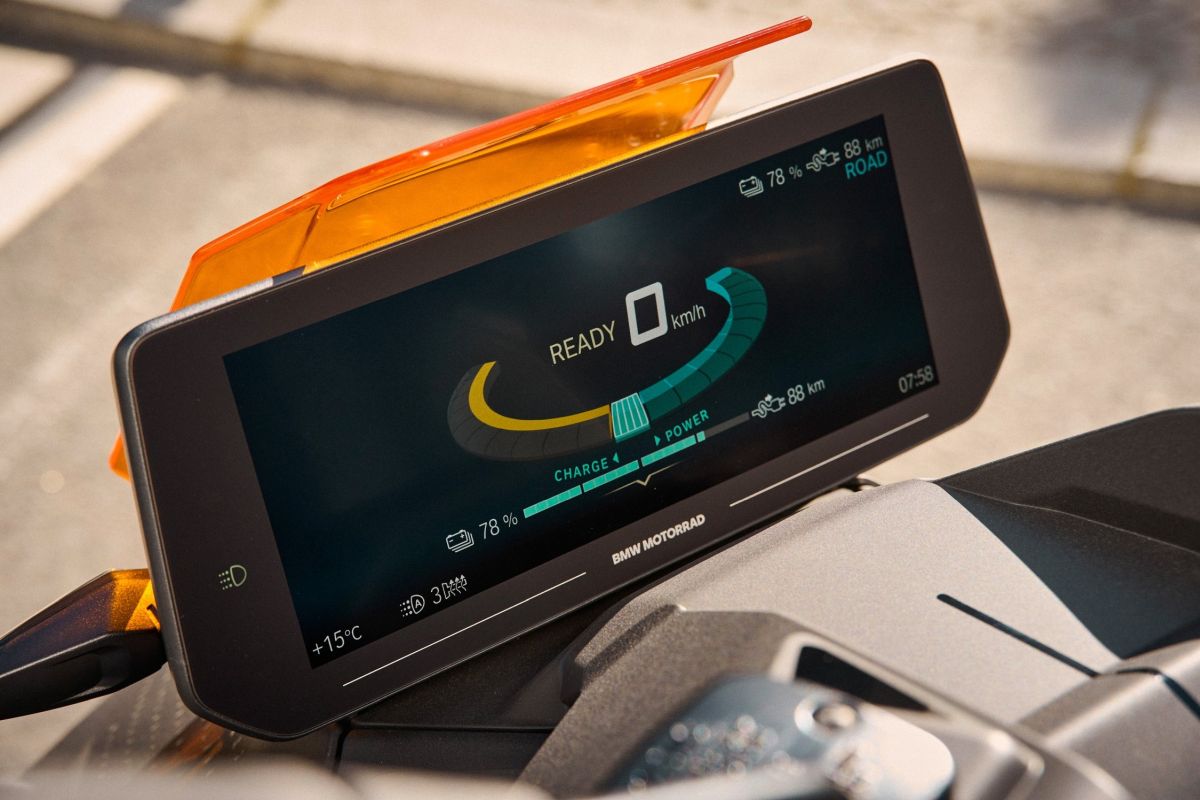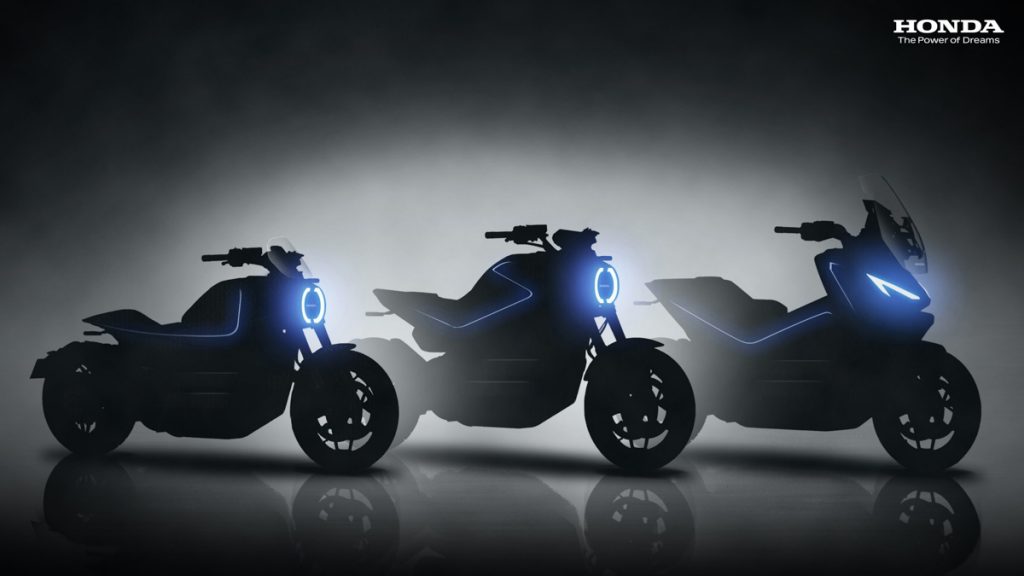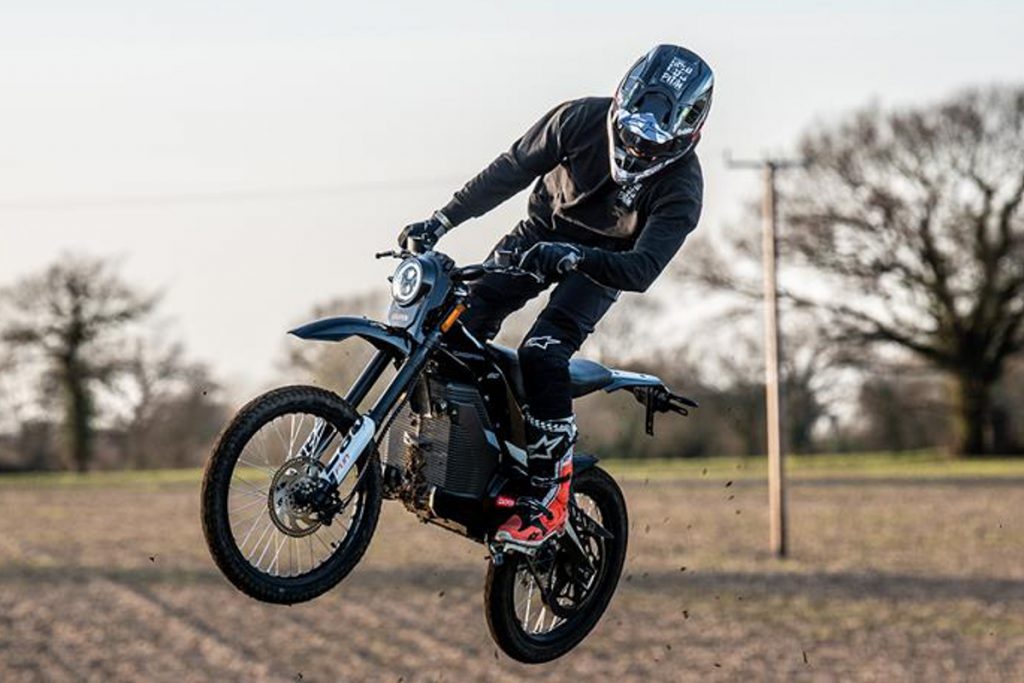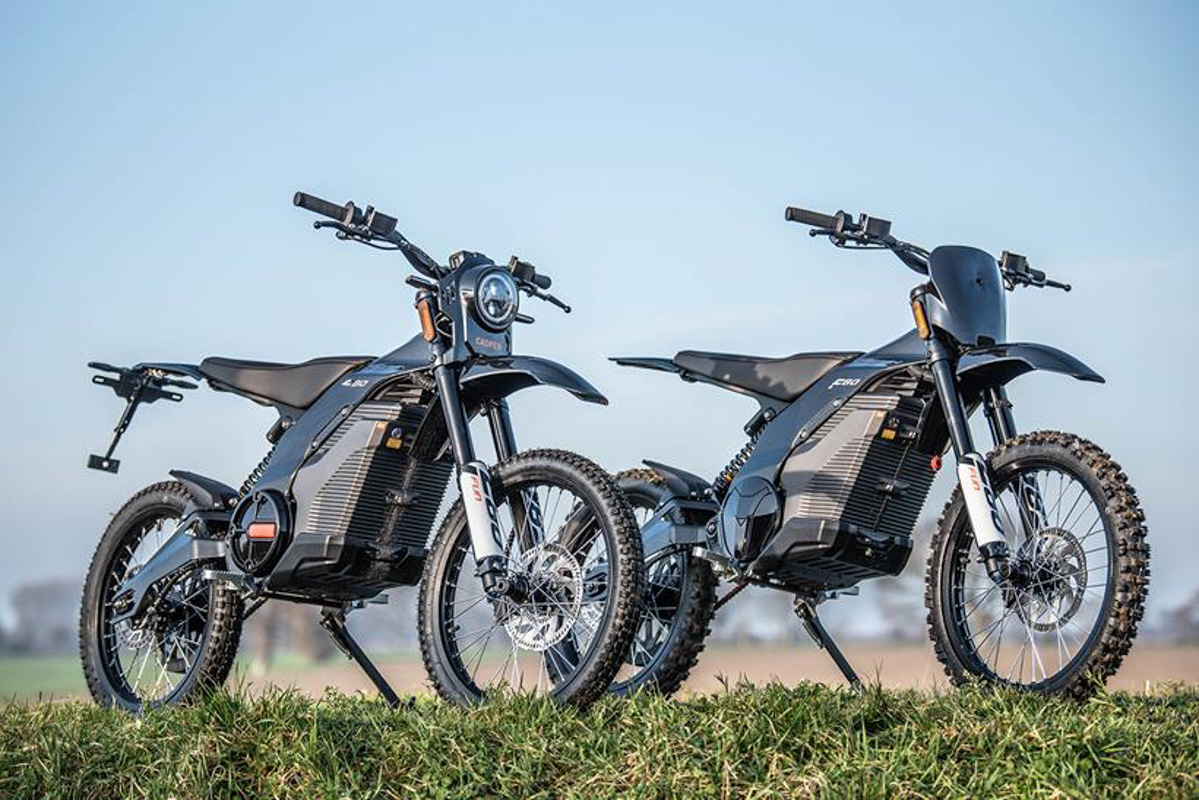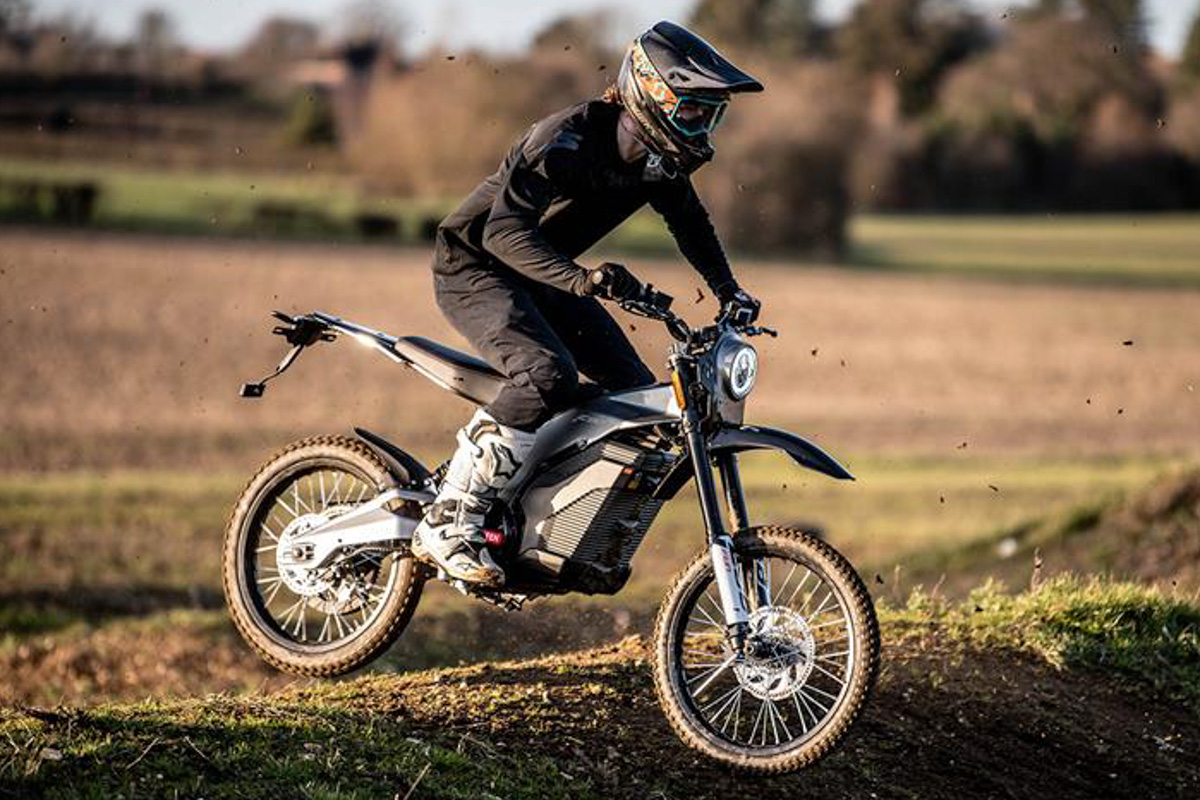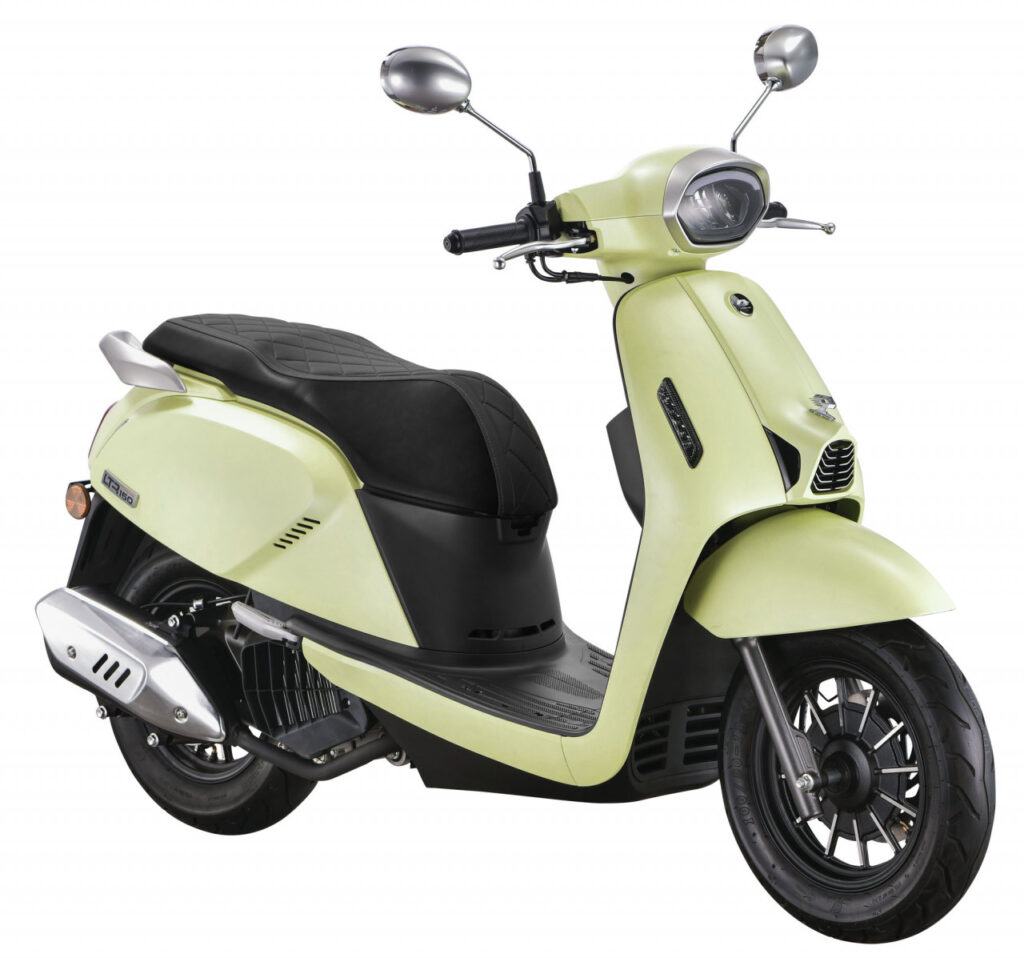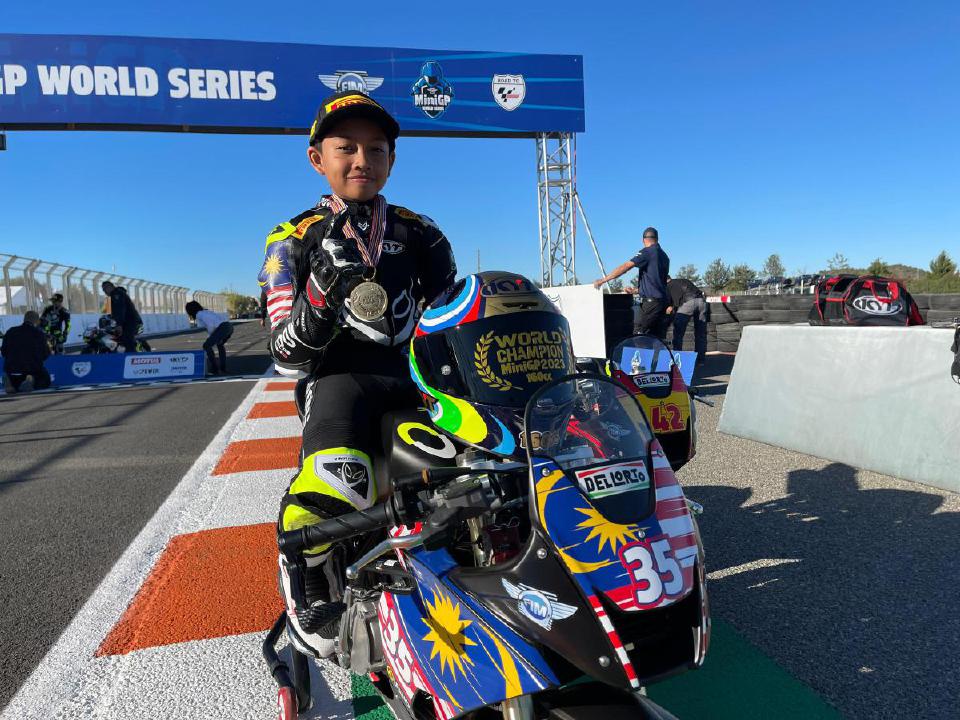Kawasaki is on the verge of unveiling its highly anticipated electric streetbikes, the Ninja e-1 and Z e-1 as confirmed by latest homologation filed in Australia.
- Last November, at EICMA, the world got a glimpse of what was to come, and now, with the submission of new homologation data in Australia, the official launch is imminent.
- Pictures of the final production models have emerged from the homologation filings, showcasing the electric duo with the new e-1 branding and regulatory labels, staying true to the essence of the prototypes showcased in Milan.
The Ninja e-1 and the Z e-1 have retained the bodywork of their gas-powered counterparts, the 400 series.
Interestingly, the Australian homologation data reveals a net engine power of 9.0 kW (12.1 hp) lower than what was previously mentioned. Dimensionally, both the Z e-1 and Ninja e-1 will feature a wheelbase of 1369mm, mirroring the Z400 and Ninja 400.
However, The most intriguing aspect, though, is the listed tare weights. According to the documentation, the Z e-1 boasts a certified tare weight of 135kg, while the Ninja e-1 tips the scales slightly heavier at 140kg.
Whether these weights include the batteries remains unclear. Kawasaki’s initial statement outlined plans for each electric model to incorporate two removable battery packs, weighing around 12 kg each, with a combined capacity of 3.0 kWh.
While the excitement surrounding the impending release of the Ninja e-1 and Z e-1 continues to grow, Kawasaki has even more electrifying surprises up its sleeve. These electric models are only the first step in Kawasaki’s journey towards alternative fuel products. A hybrid model is slated for release as part of the 2024 model range, offering a glimpse of the brand’s forward-thinking approach.

